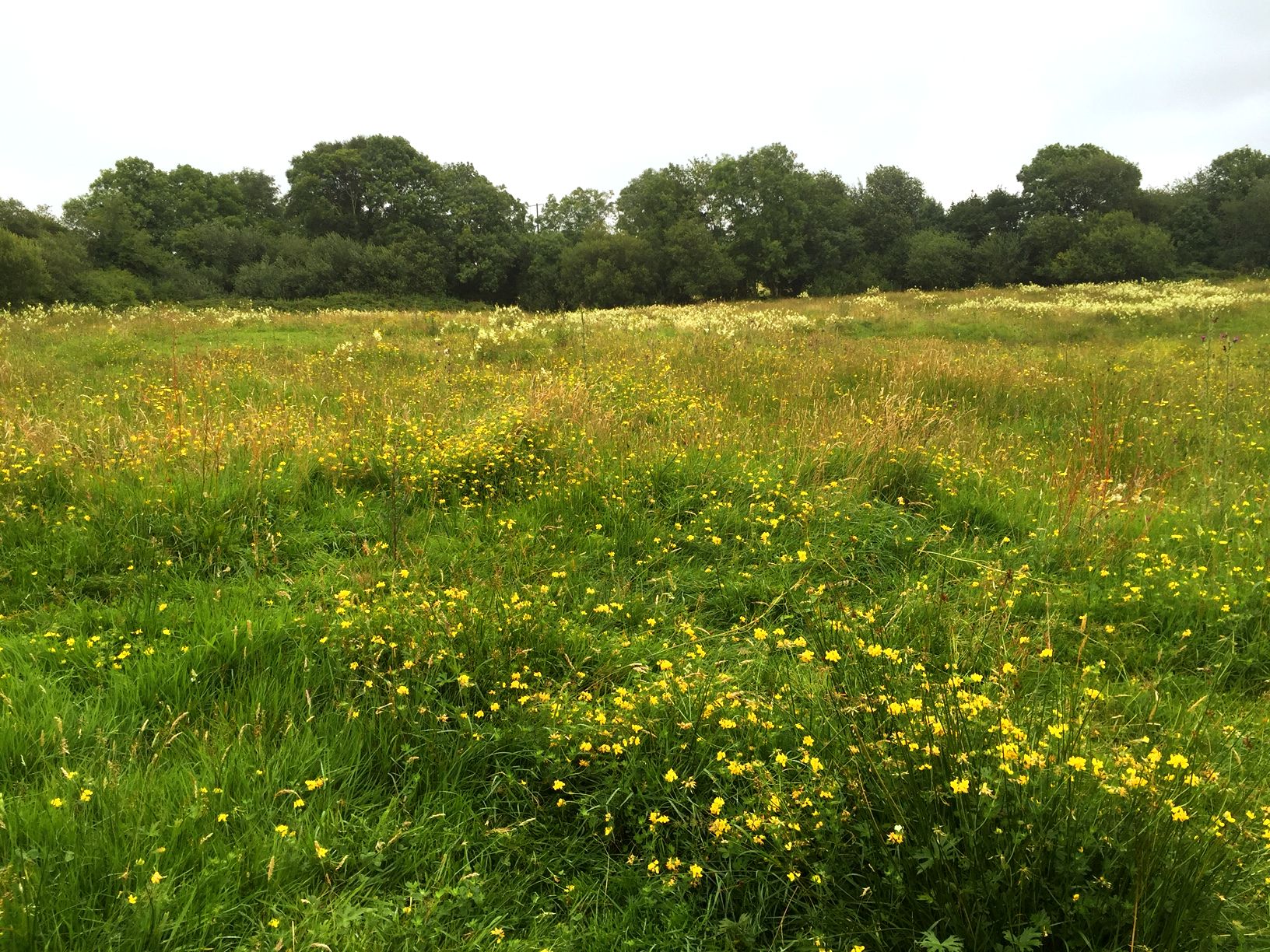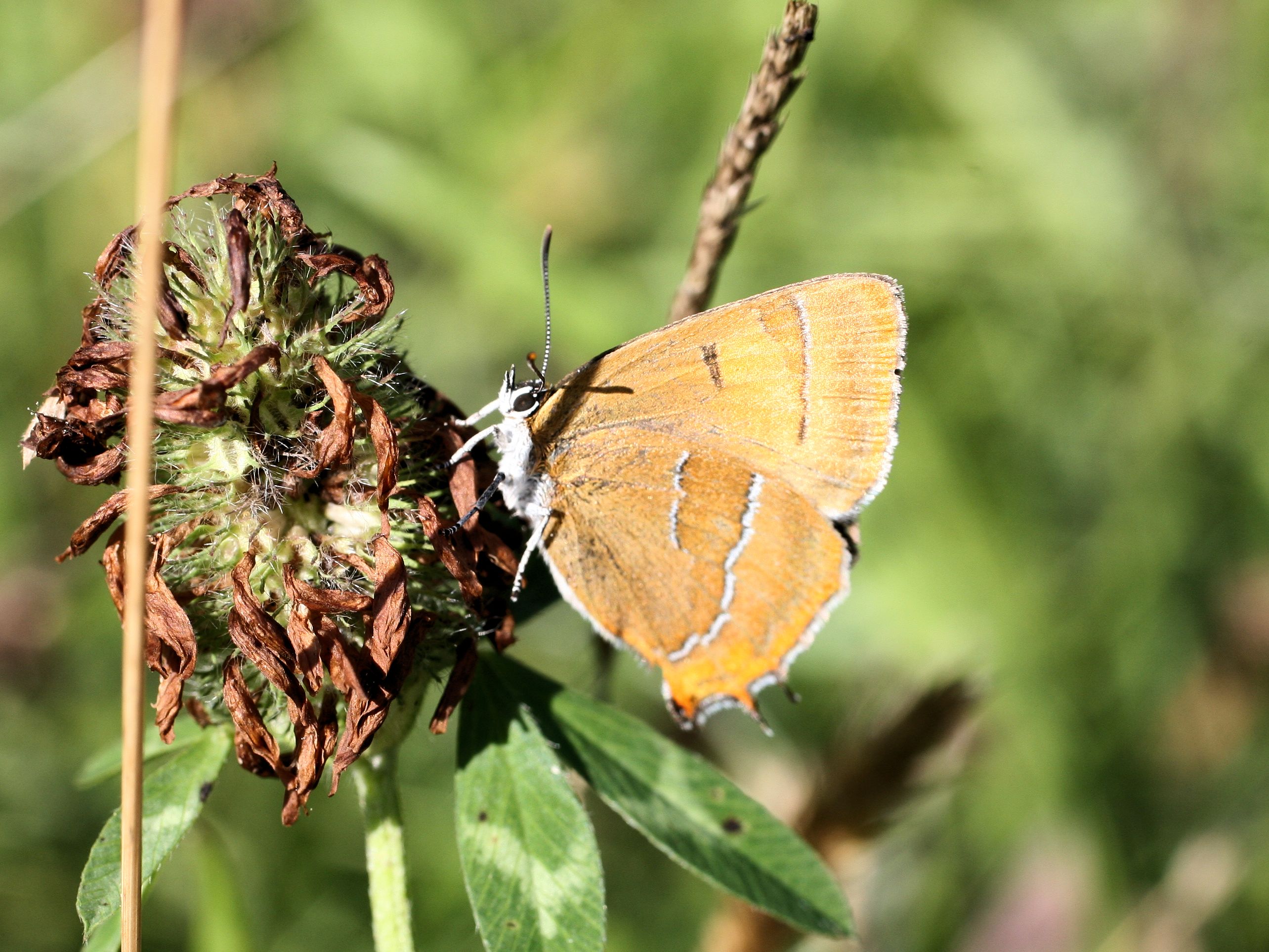
There is a field at Gortlecka, in the shadow of Mullaghmore in the Burren, which is special. It is not a field in the traditional sense, but more a tongue of land reclaimed from the limestone pavement. Yet this thin sliver of land probably supports a greater diversity of butterflies than any other site in Ireland, for here you can find 27 of Ireland’s butterfly species. So it was to this field that I headed in July to find and, hopefully, to photograph the brown hairstreak. It is not the scarcest Irish butterfly, the pearl-bordered fritillary probably holds that distinction, but the brown hairstreak has a very restricted distribution. At one time it was to be found at a few locations in counties Kerry, Cork, Waterford and Wexford, but now it is confined to a swathe of land from the Burren, northwards to the western shore of Lough Corrib. There is also a small isolated population on the shores of Lough Derg to the east. It has the latest season of all Irish butterflies, flying only in late July and remaining on the wing until late-September.
The brown hairstreak is an inconspicuous medium size butterfly, usually seen flying over bushes and scrub. However, if fortunate enough to see it perched, it has the most beautiful orange underwing with two transecting white streaks, and a dinky little ‘tail’. The female has large orange patches on the upper wing, which are visible when she basks. The day I was there I saw a few brown hairstreak flying, but none would oblige for a photograph. Finally I did manage to get one photograph, not a work of art I grant you, but sufficient proof that I did indeed come eye to eye with a brown hairstreak.
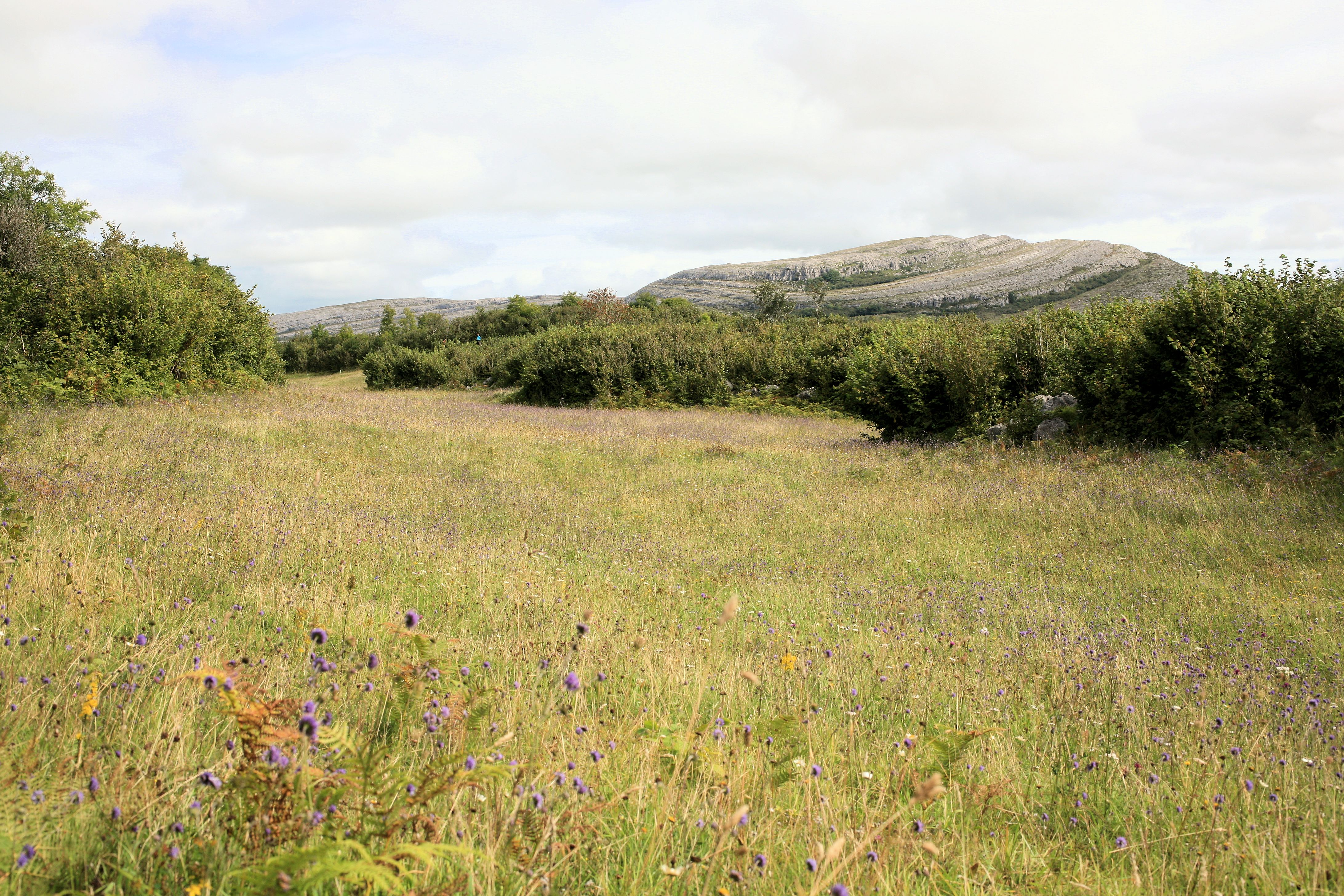
On that sunny afternoon in late July, as I enjoyed the biological delights of this most magnificent meadow, it was hard to believe that this was one of Ireland’s fiercest conservation battlegrounds. For here, in the early 1990s, the Office of Public Works, that bastion of nature conservation best practice, planned to build an Interpretative Centre for the Burren National Park. Right here, right in the middle of the most sensitive part of the National Park, the plan was to build a place for busloads and carloads of tourist to come and walk, view and have a coffee, (or as they used say, for a Pee and a Tea) all in the name of conservation. What must have seemed like a wheeze, to promote employment in a rural area and avail of European funding opportunities, floundered on public-sector hubris. For there was a band of feisty men and women who felt this was the wrong thing to do, that Gortlecka was a unique, sensitive landscape with special qualities, qualities that should not be sacrificed on the altar of commercialism. The ensuing controversy threw the OPW into a state of chassis and turmoil that was all consuming and lasted for five or six years. Hardly a month went by without some twist or turn in the saga, and it even made it to a panel discussion with Gay Byrne on the Late, Late Show! The fate of the Centre was sealed when the Supreme Court found (by a majority decision) that the OPW acted outside its powers and that the Interpretative Centre, like any other public building, should go through the normal planning process. This resulted in emergency legislation rushed through the Dáil to grant retrospective planning to Garda Stations and Army Barracks, and the full reinstatement of the Interpretative Centre site to its original status; it meant the foundations of the building and the car parks were dug up.
It was into this maelstrom that I was thrown, and on this controversy that I cut my teeth in nature conservation. I can’t say it was an enjoyable apprenticeship, but it certainly taught me a great deal. One thing it taught me is that, what was portrayed in that brilliant British comedy ‘Yes Minister’ was not really that far-fetched. For, at one critical stage in the controversy, I heard the then Minister ask my boss ‘Is it at all possible that we might be wrong?’ to which my boss replied, ‘We’re winning, Minister’.
Speckled wood #1, Dingy skipper #2, Wall brown #3, Common blue #4, Holly blue #5, Small blue #6, Meadow brown #7, Ringlet #8, Wood white #9, Cryptic wood white #10, Orange-tip #11, Green-veined white #12, Large white #13, Small white #14, Green hairstreak #15, Marsh fritillary #16, Dark green fritillary #17, Silver-washed fritillary #18 & Brown hairstreak.
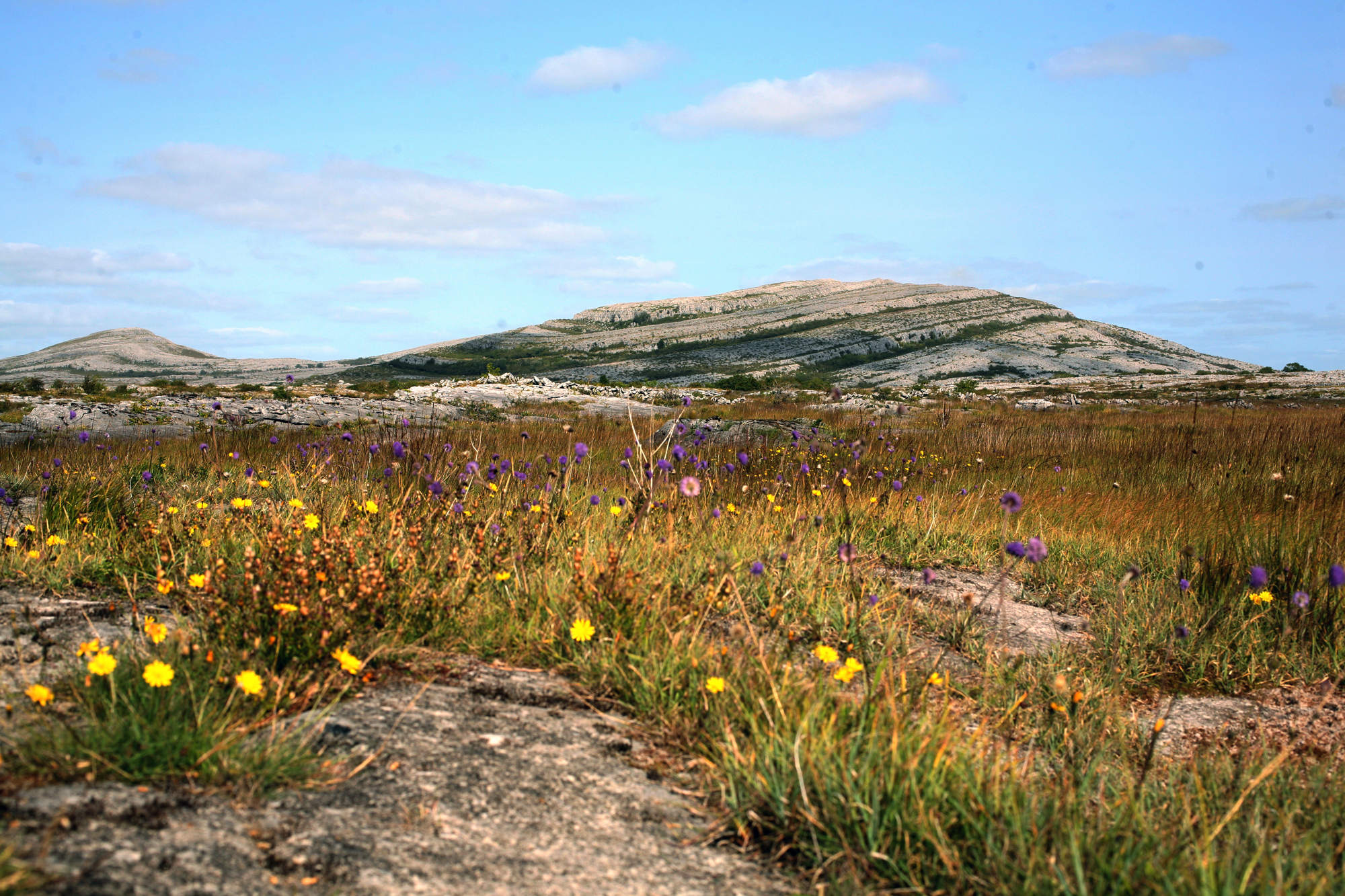

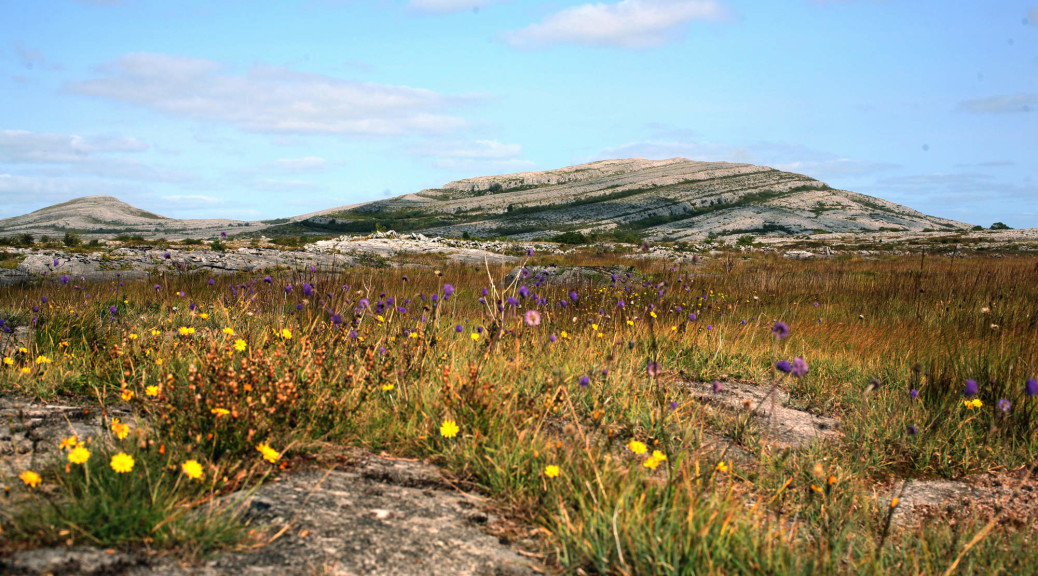
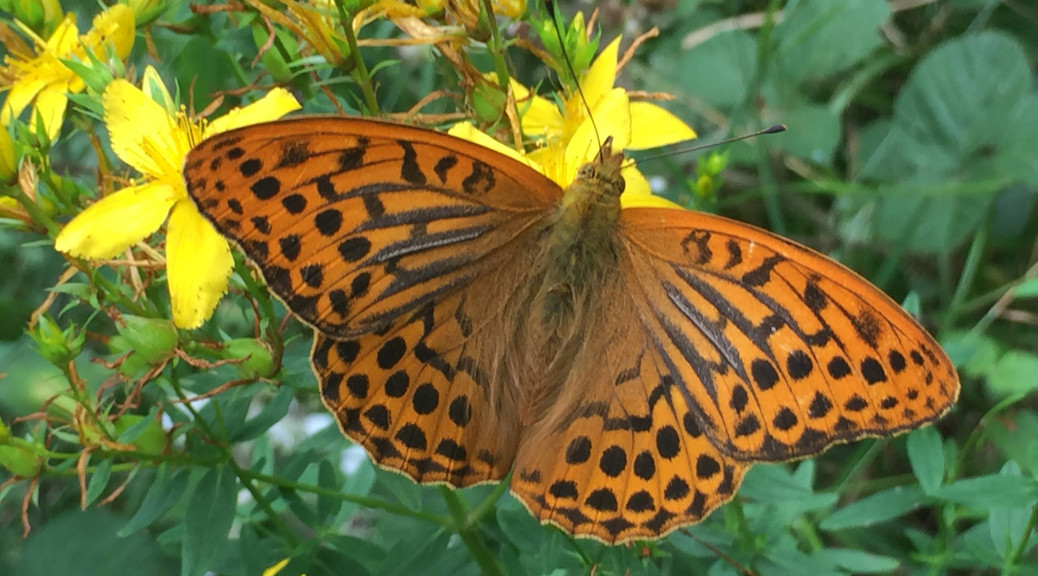
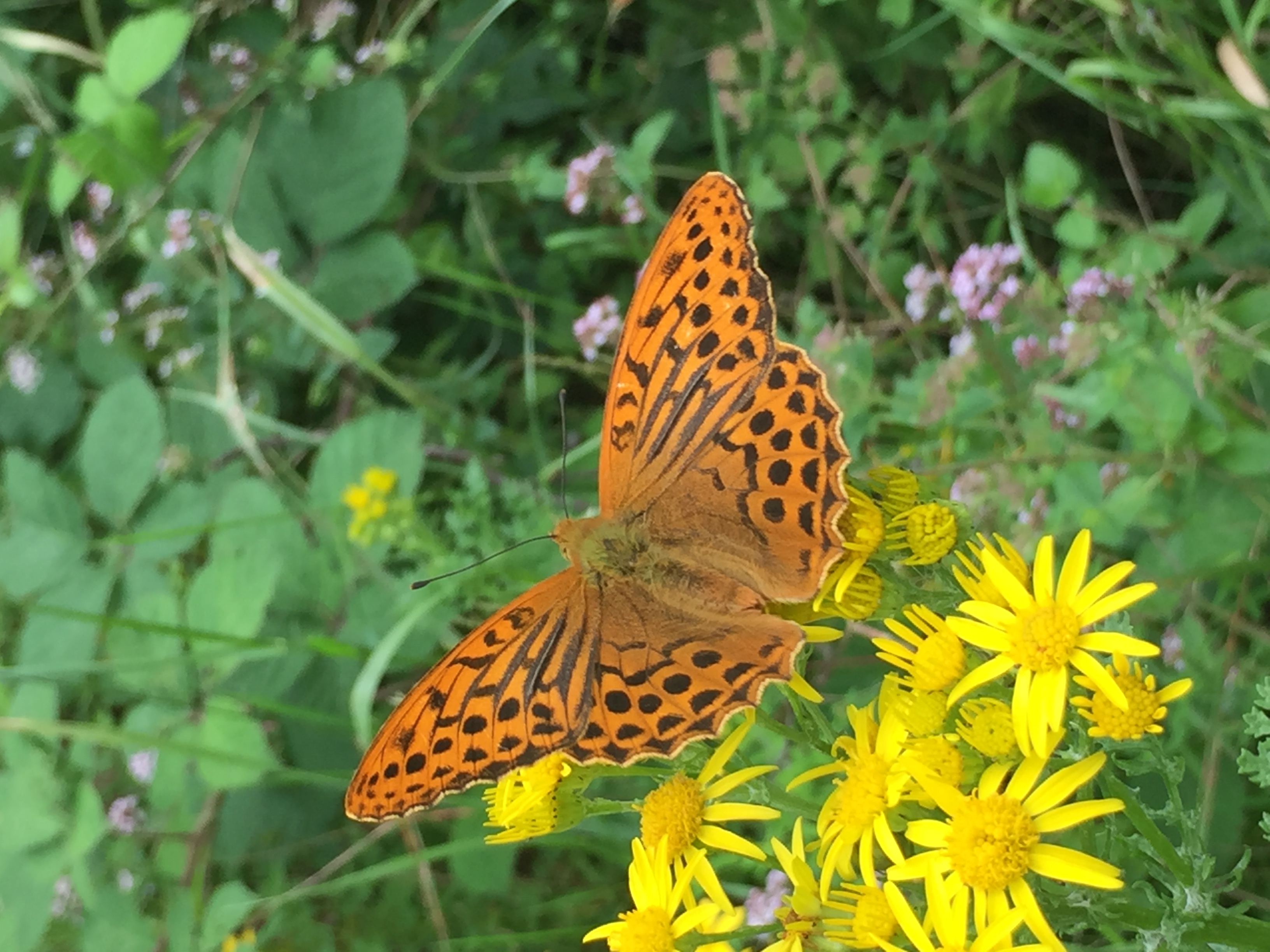
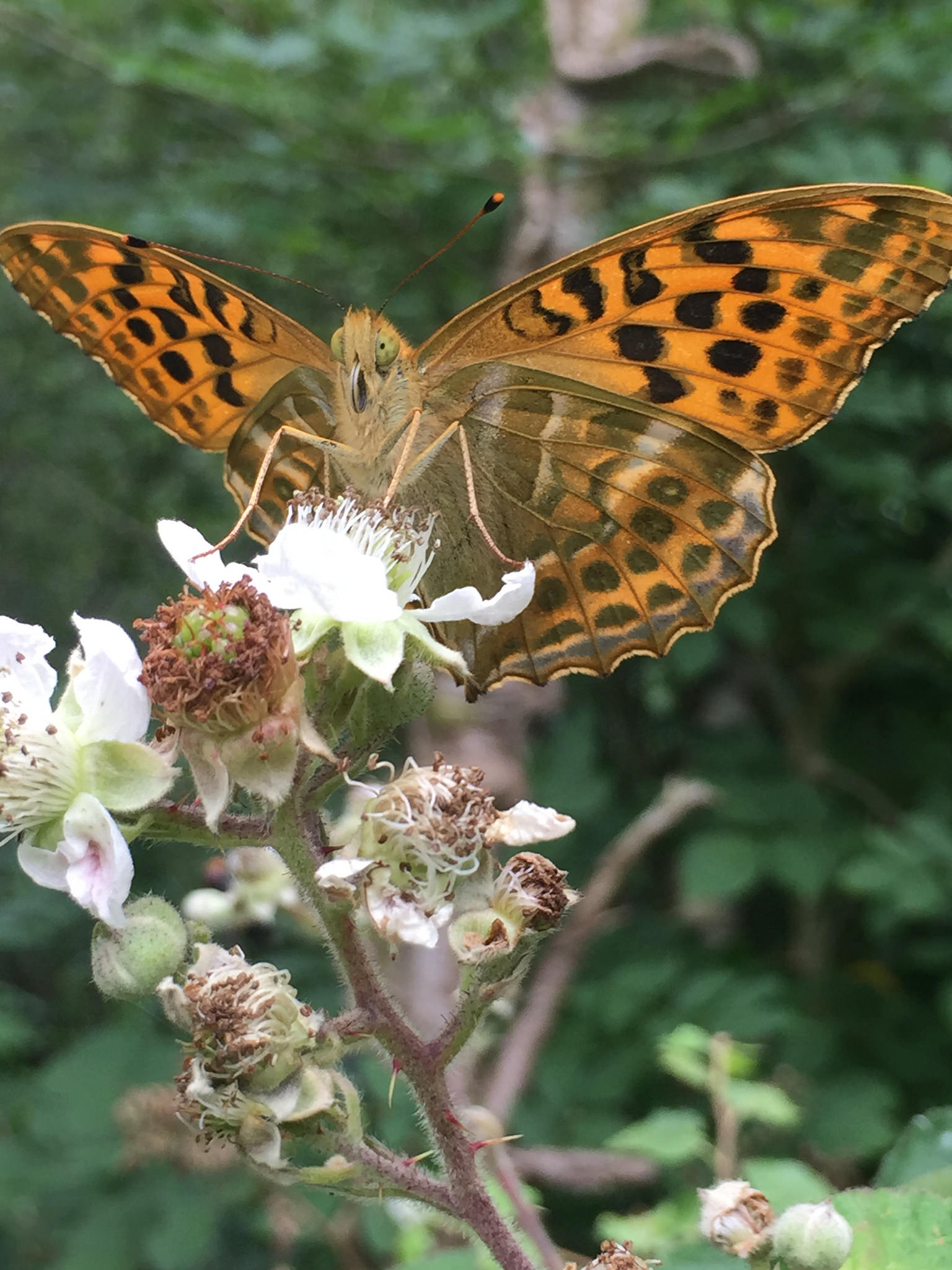
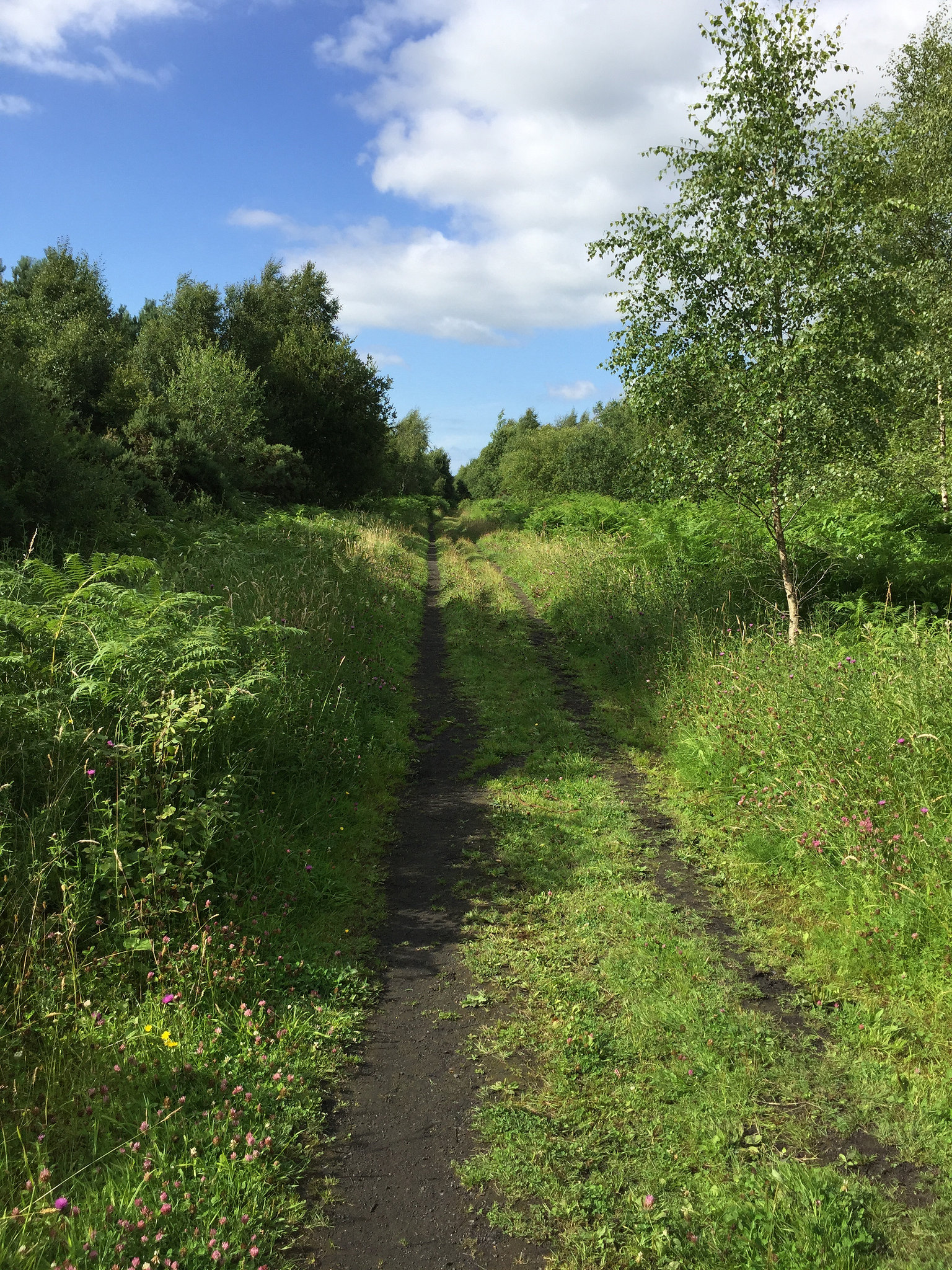
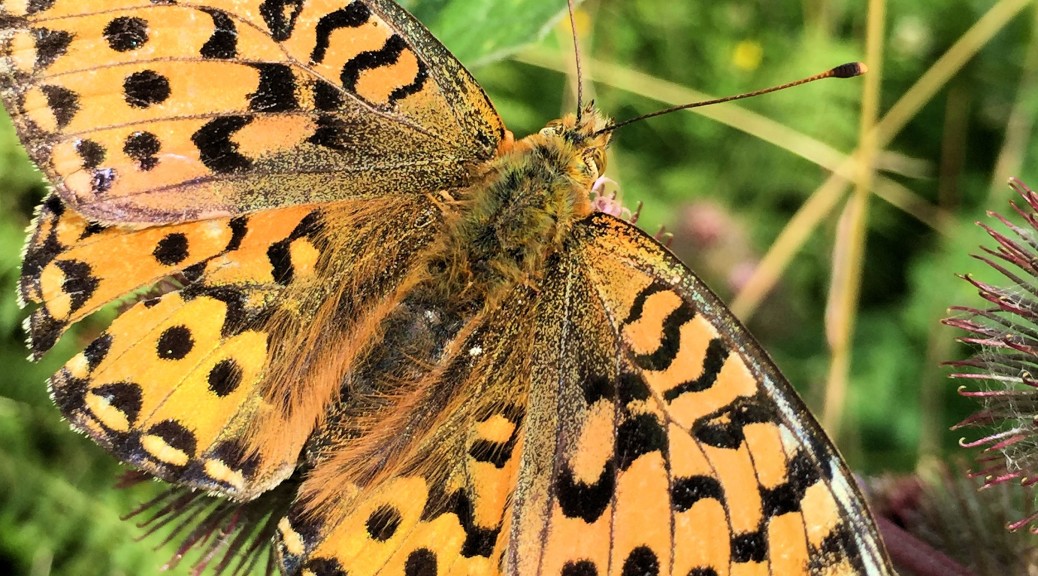
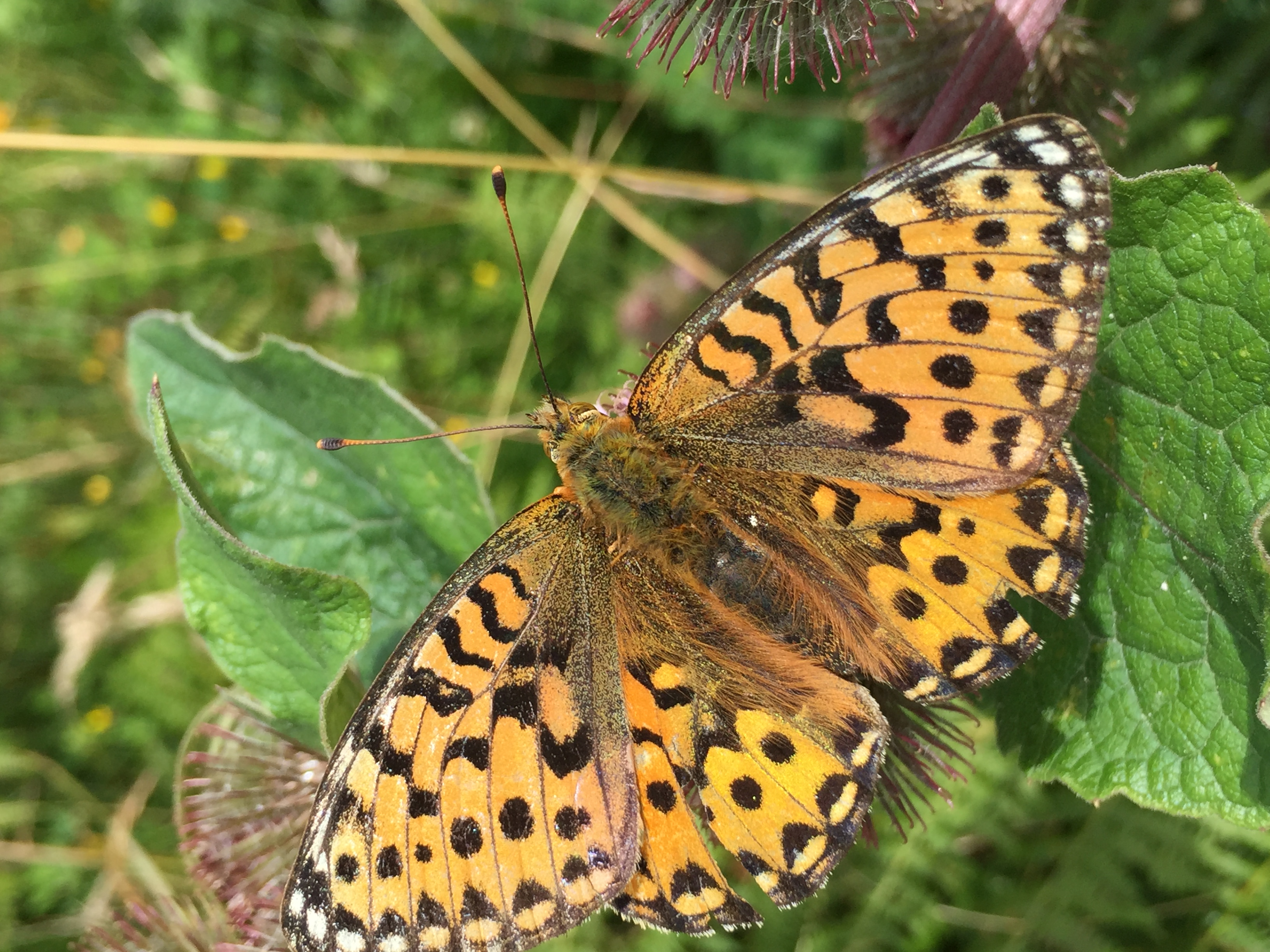
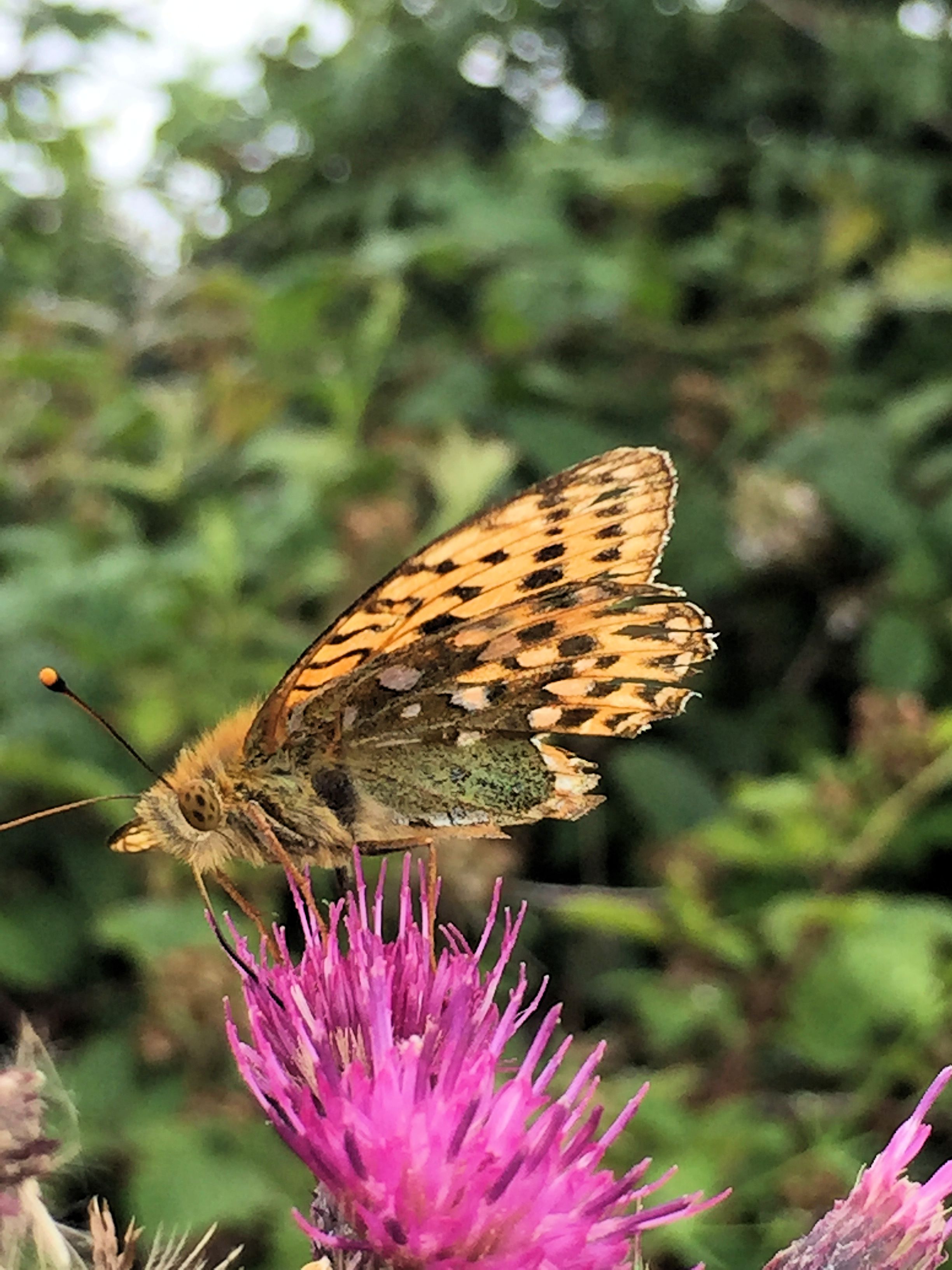
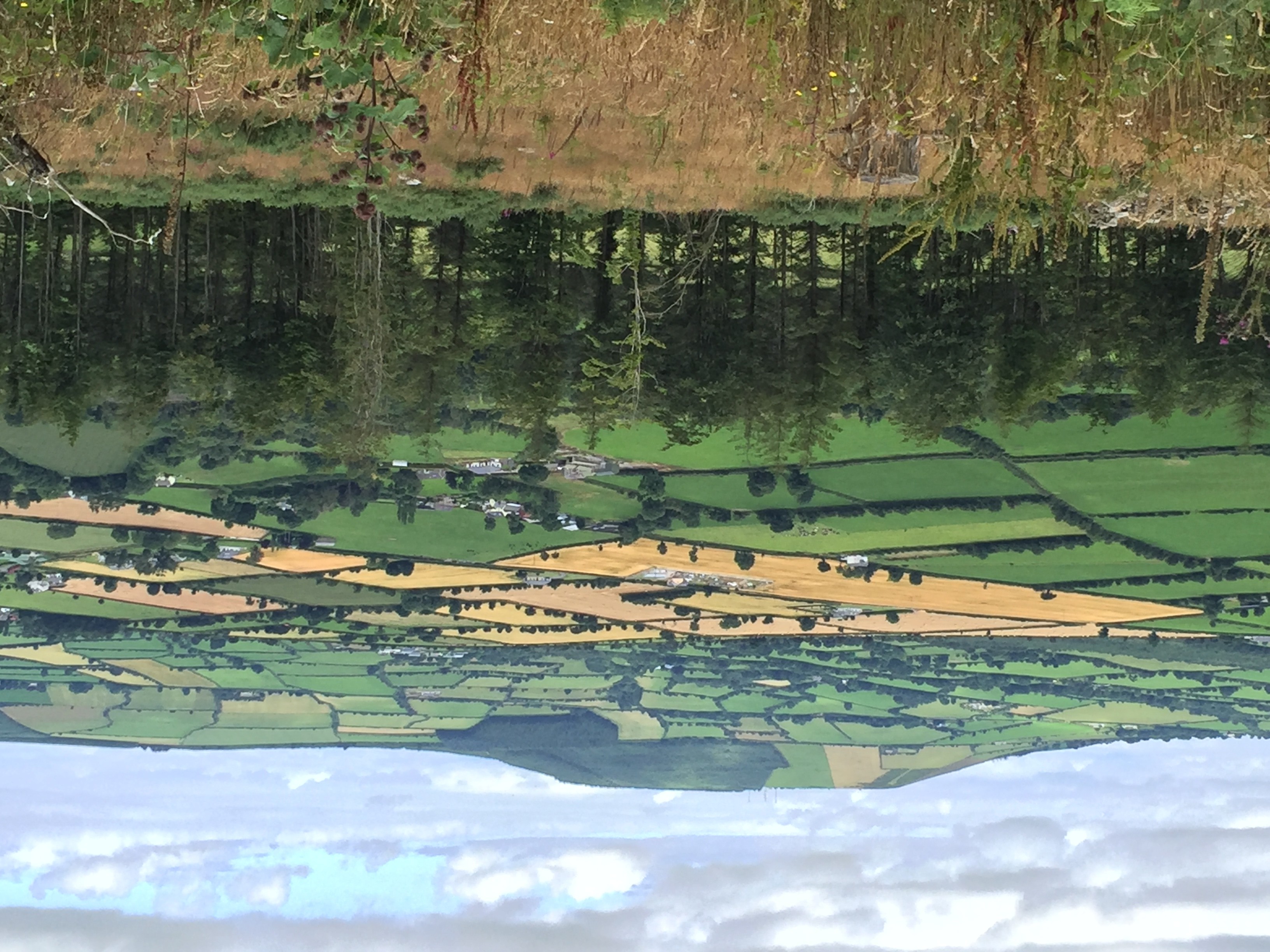
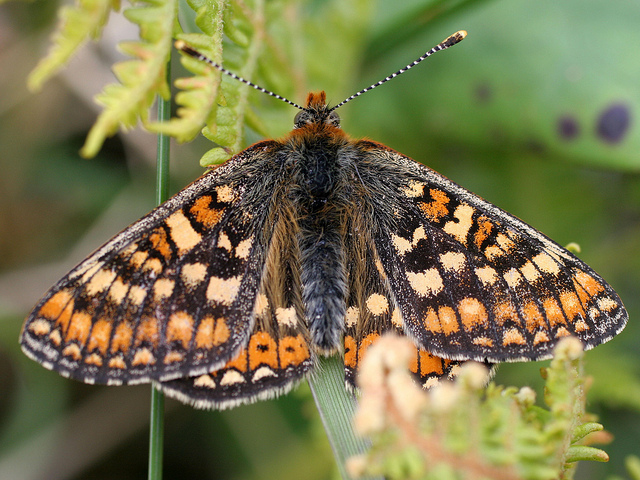
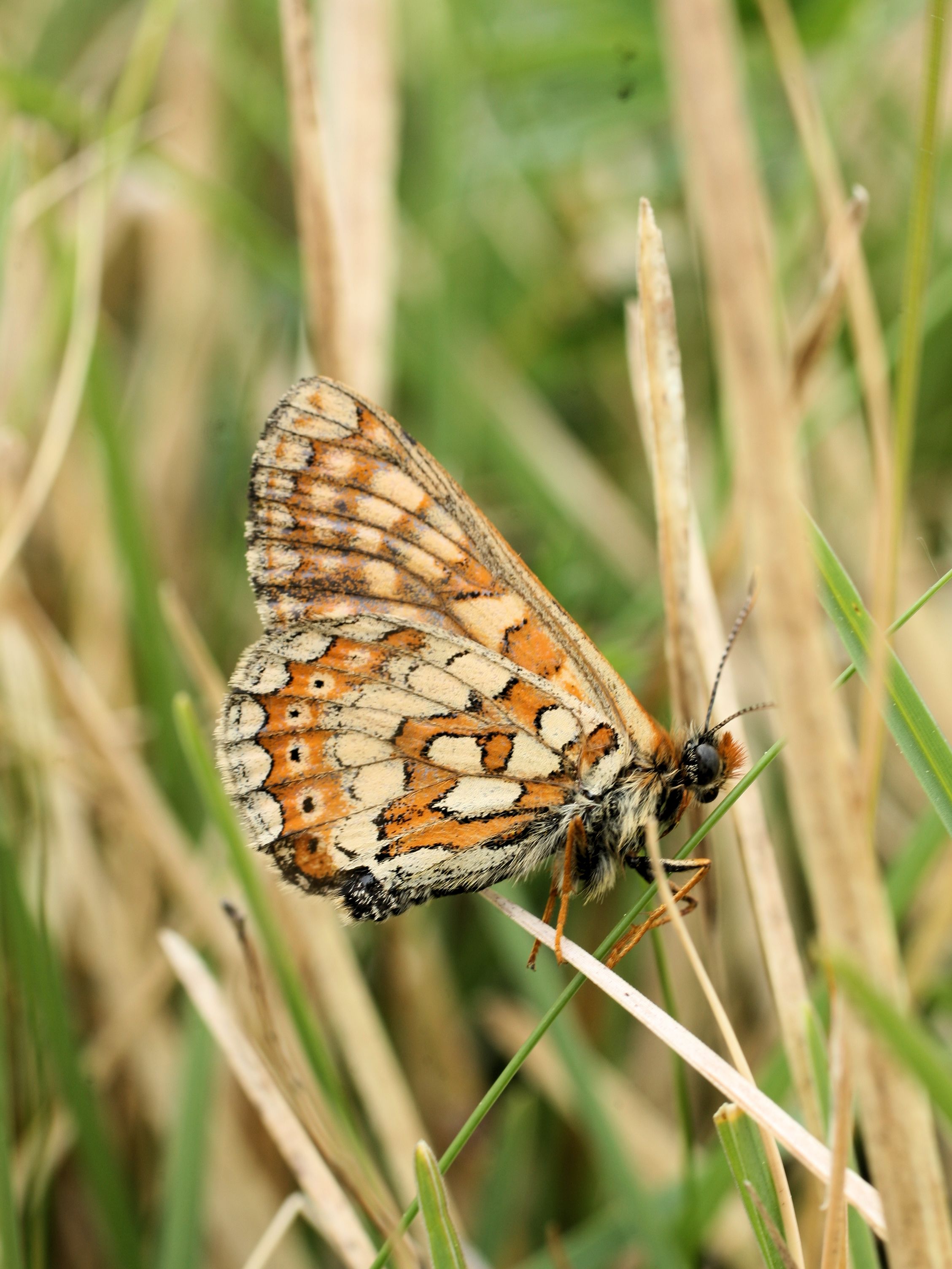
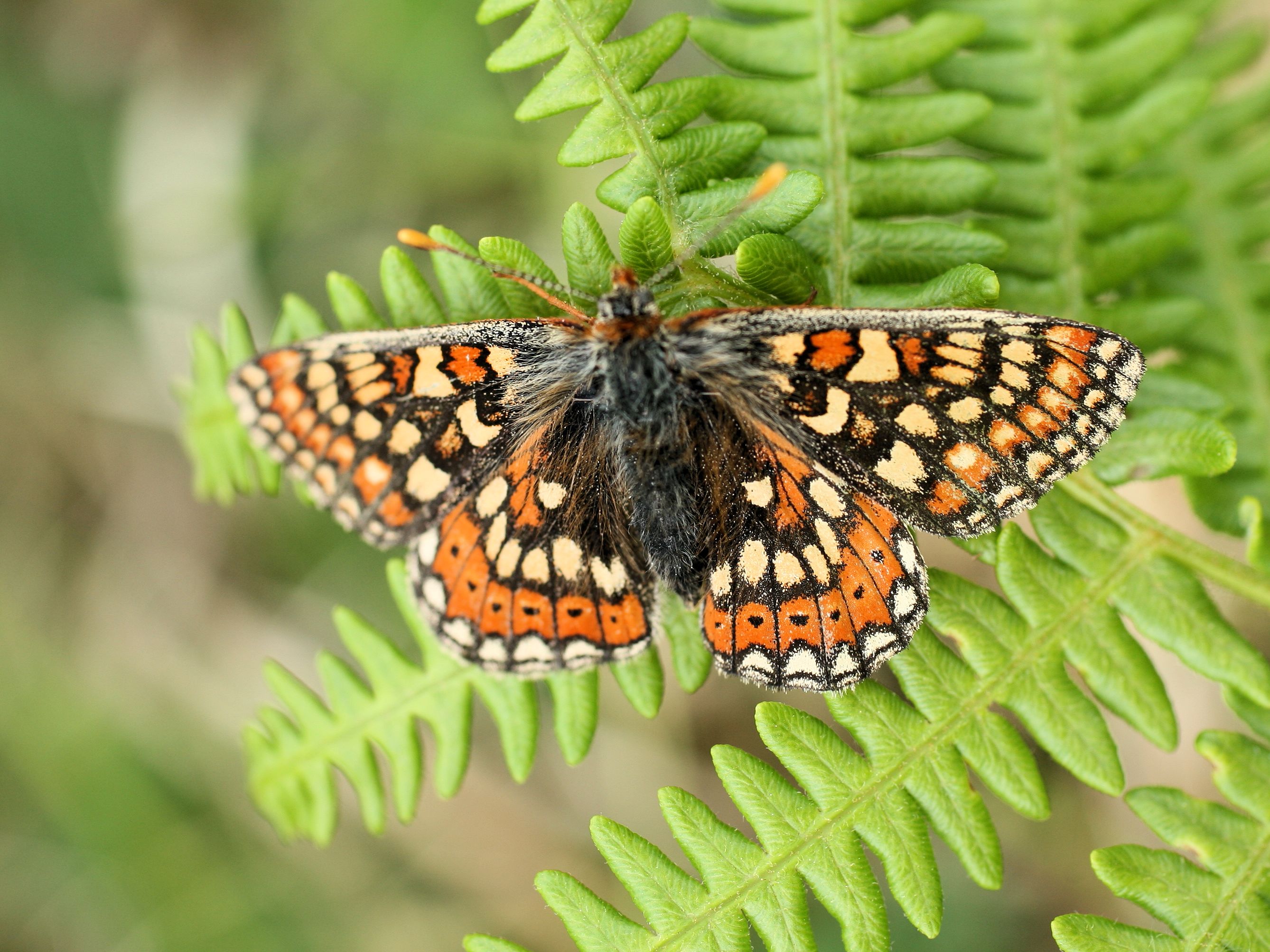

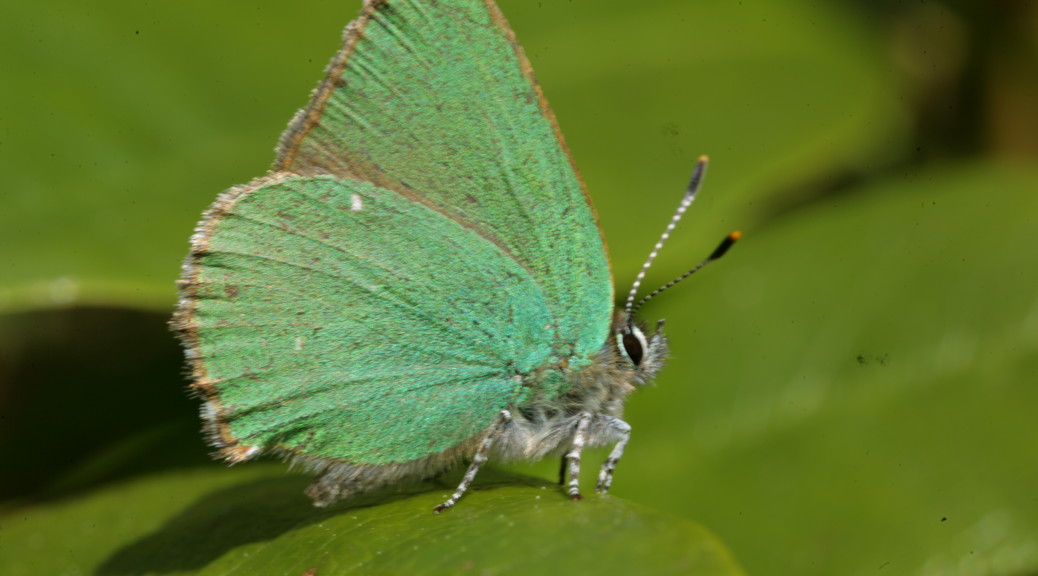
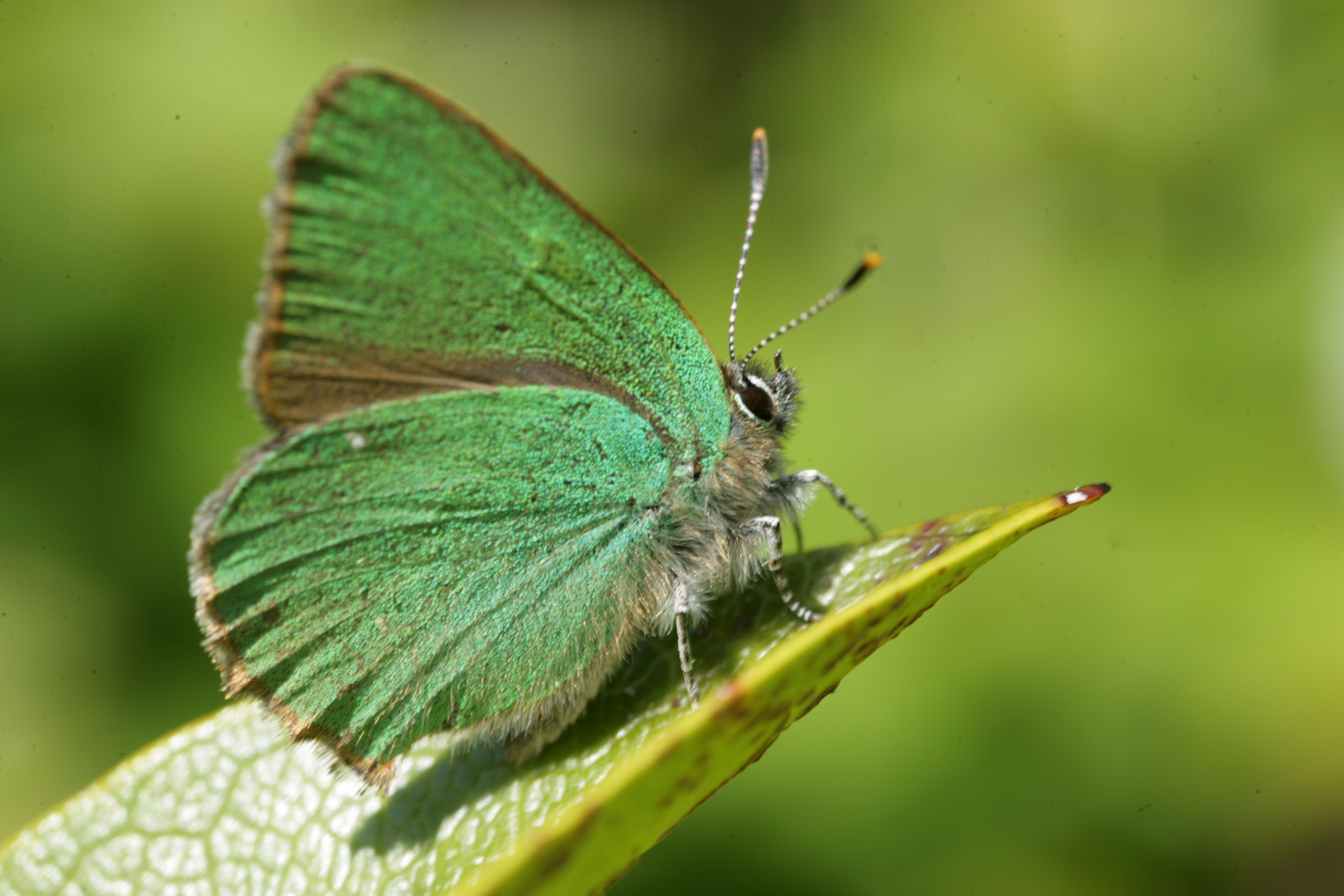
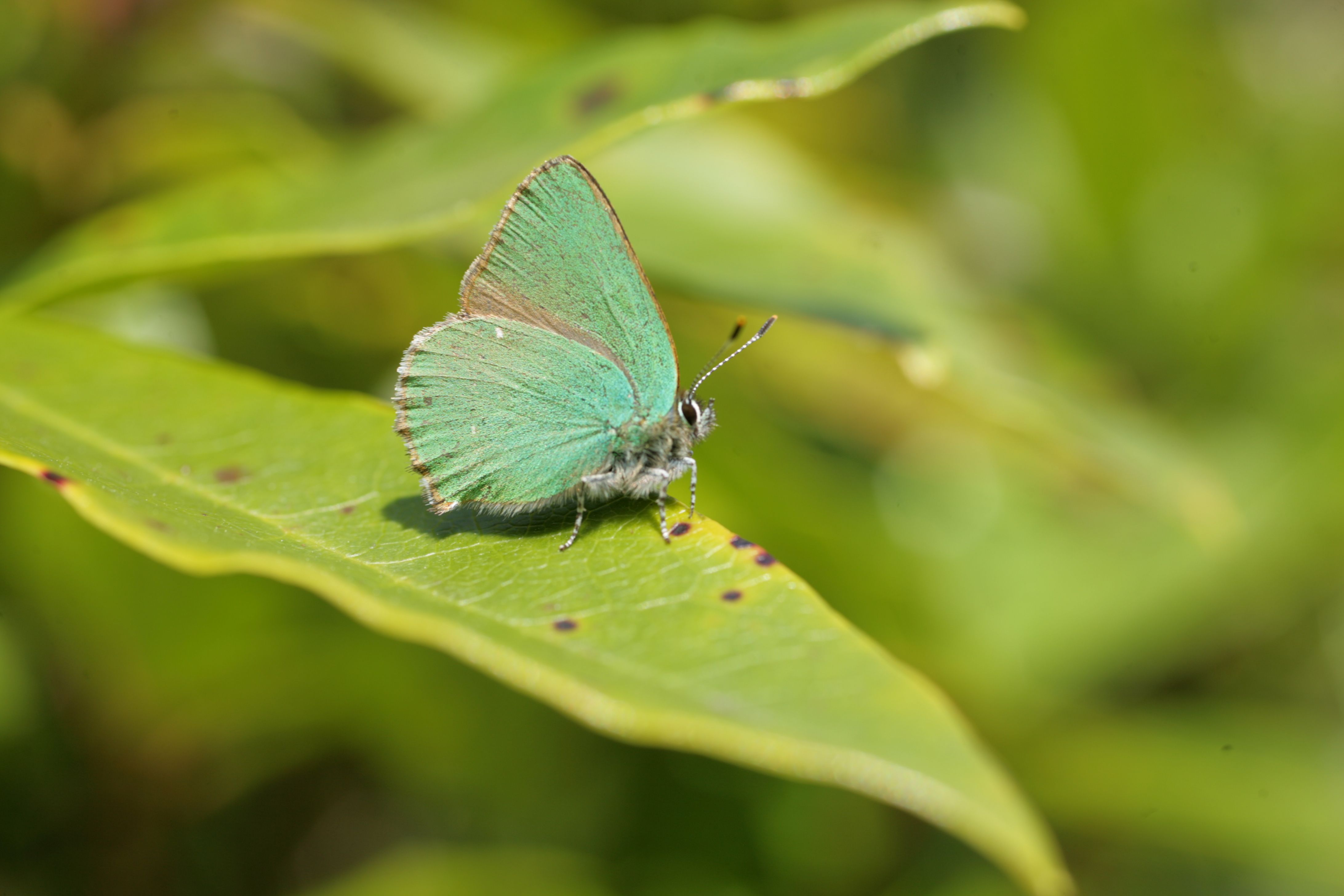

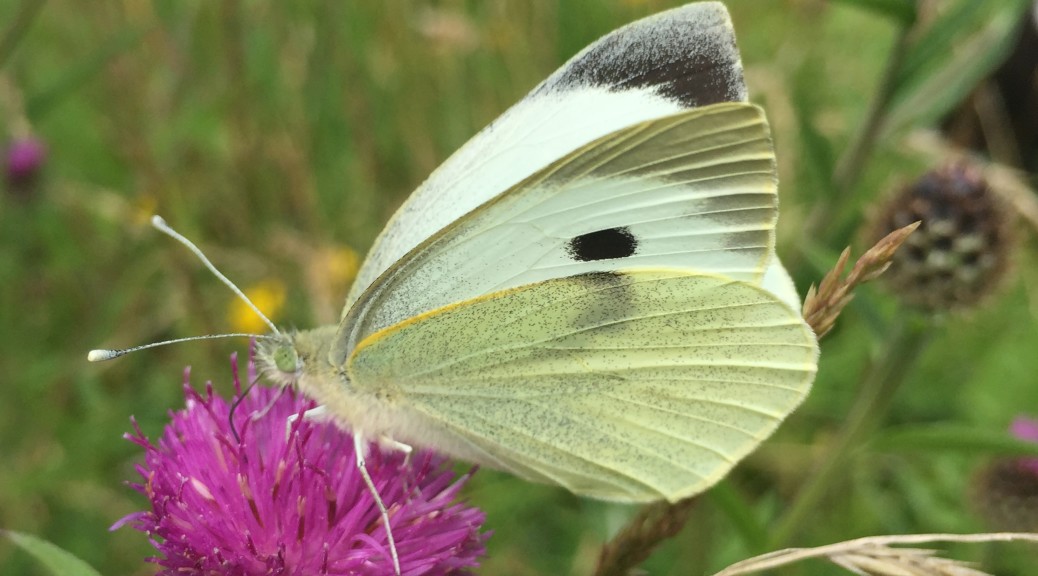
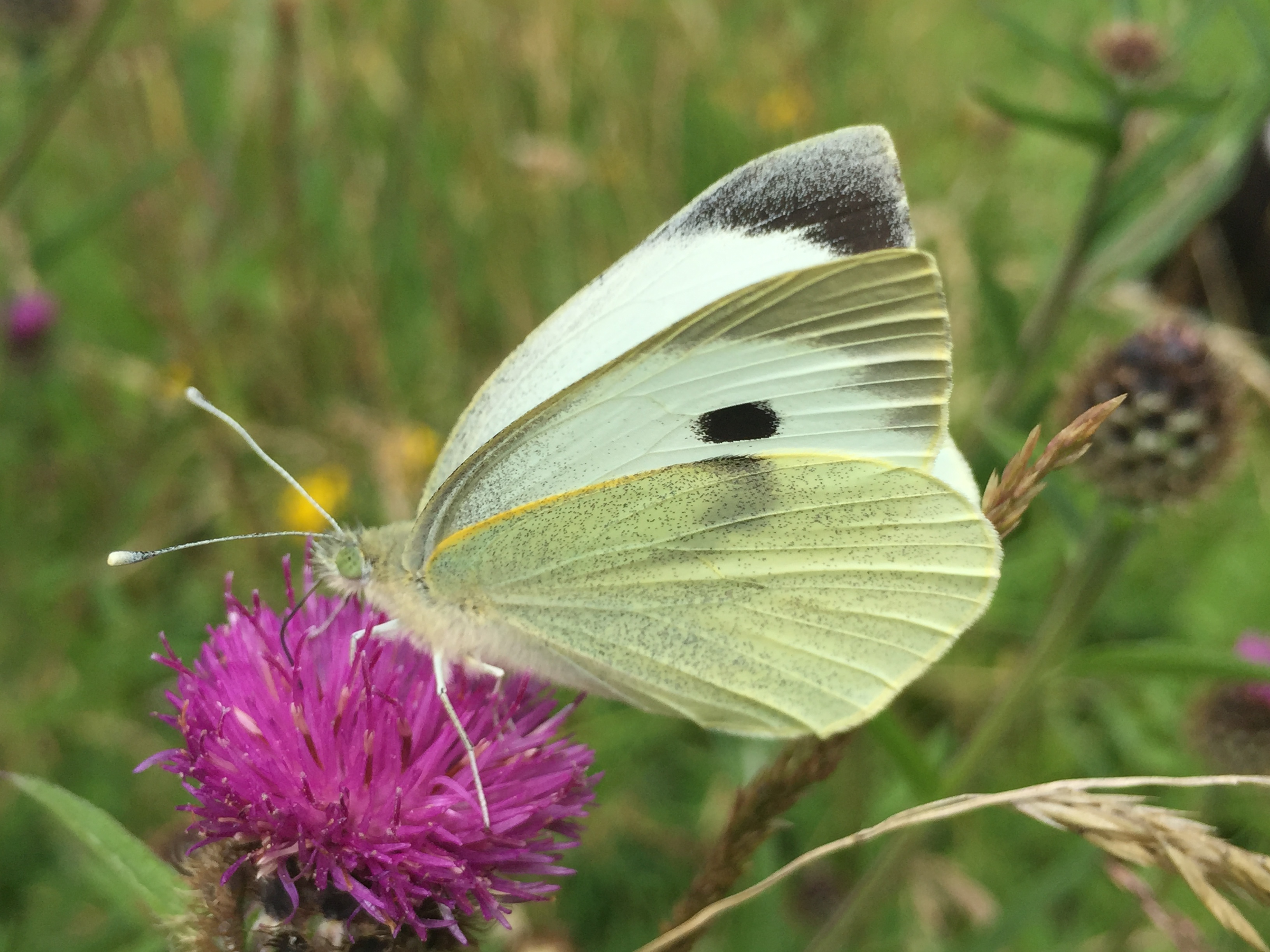
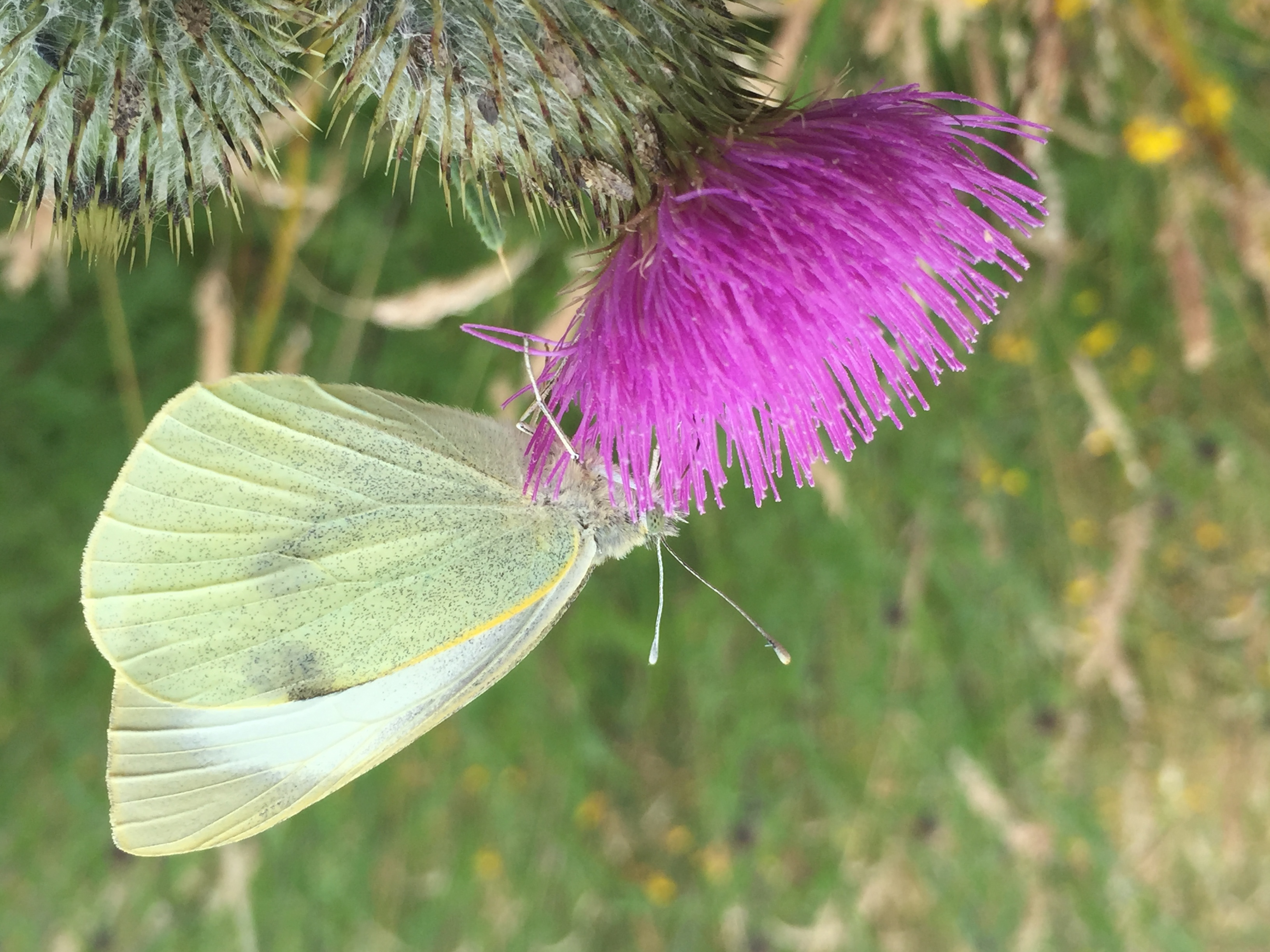
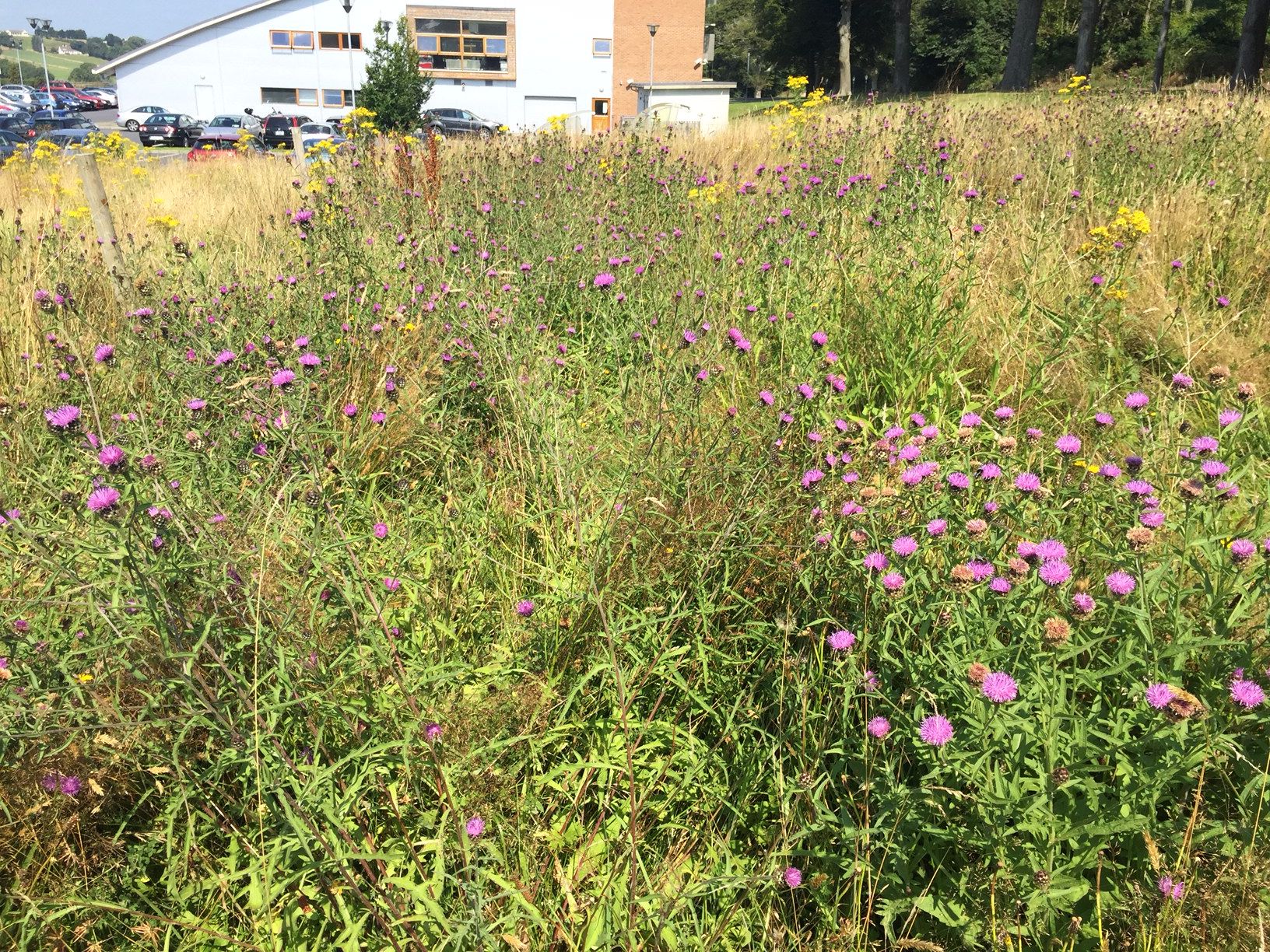
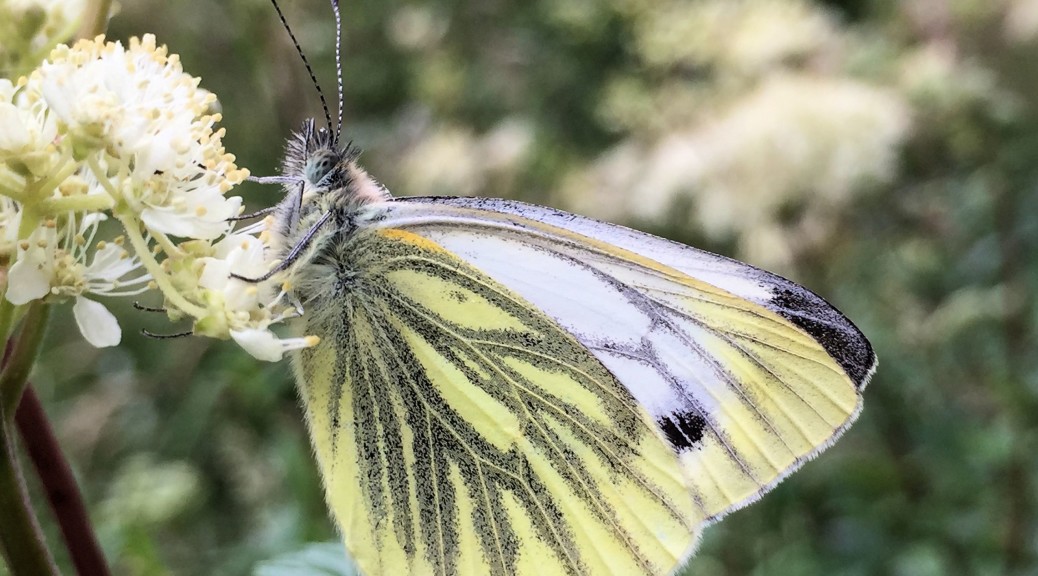
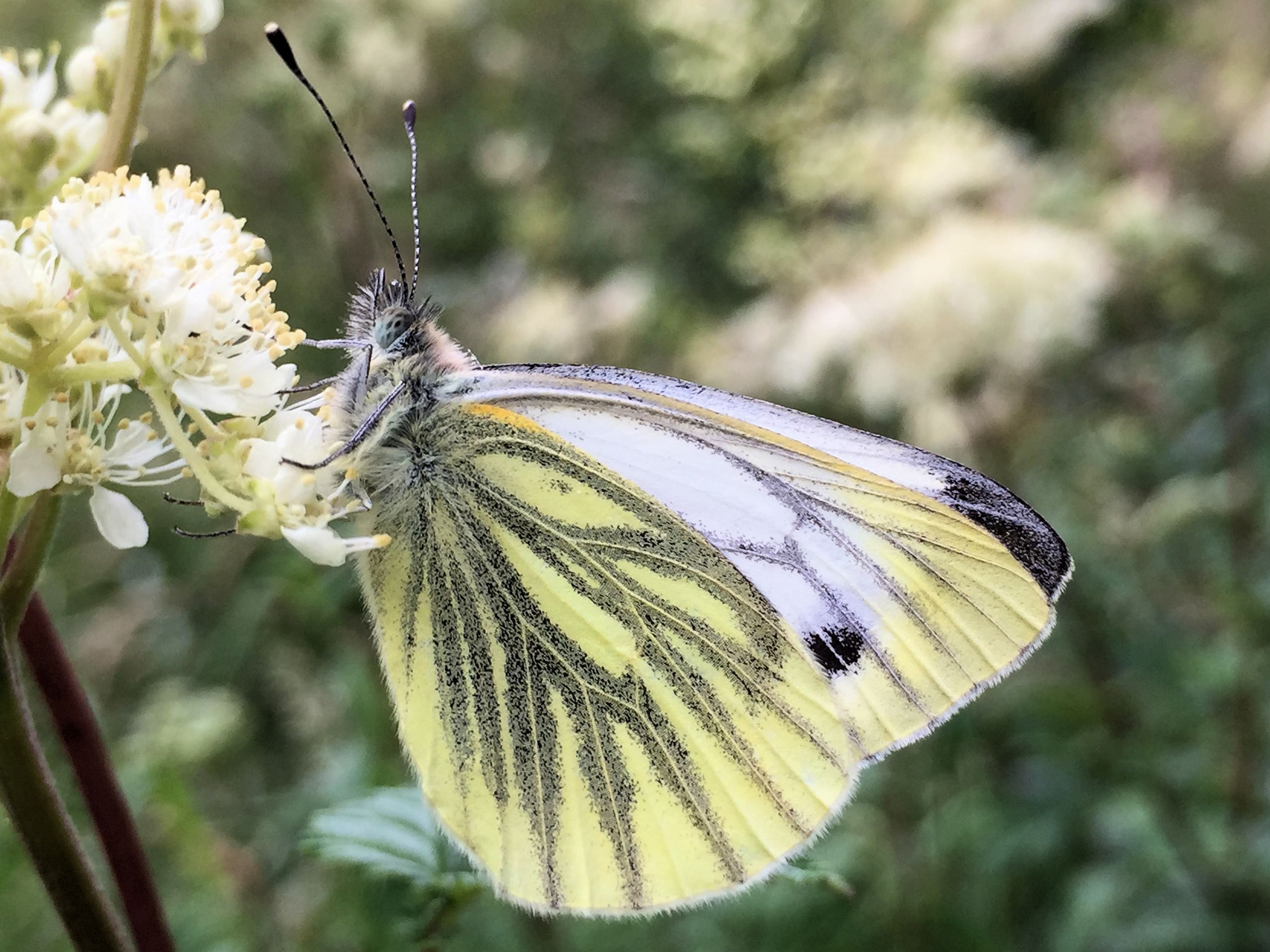
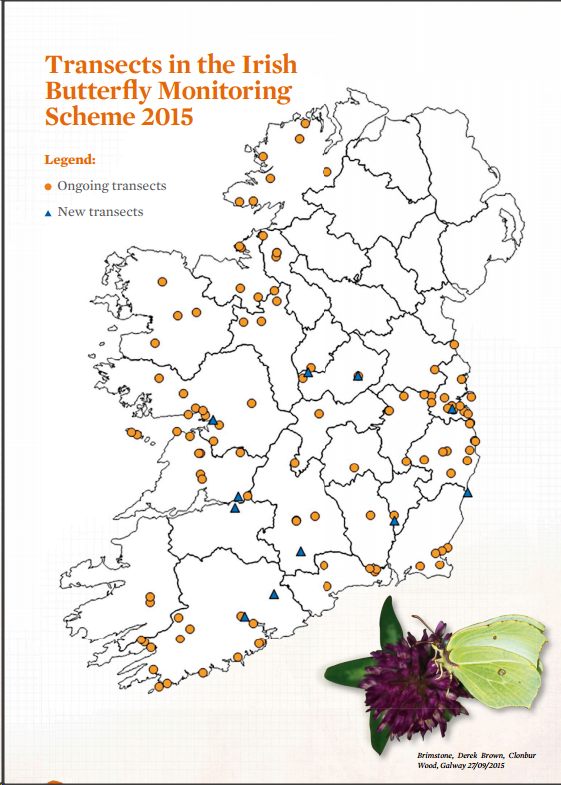
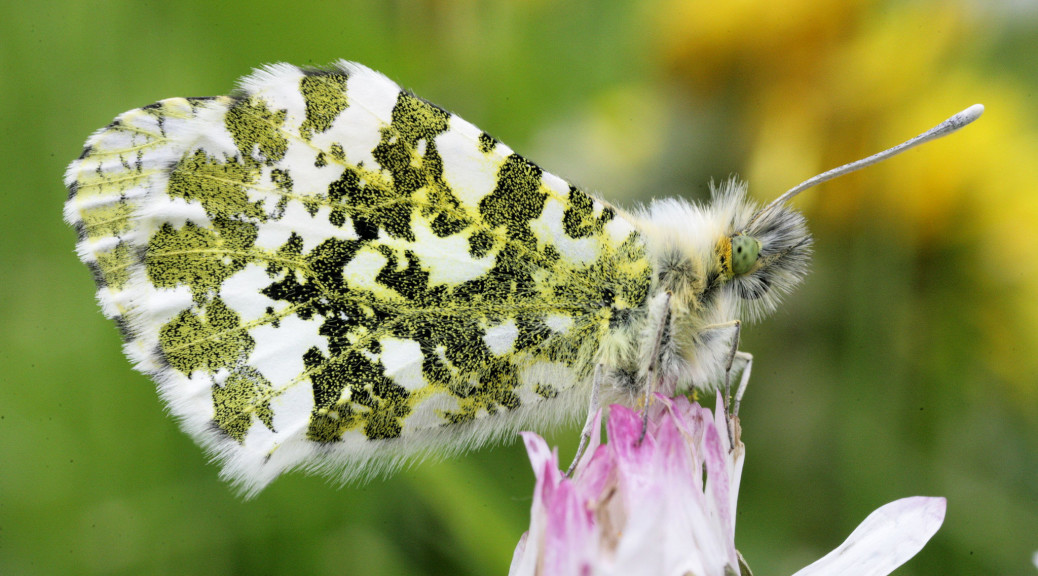
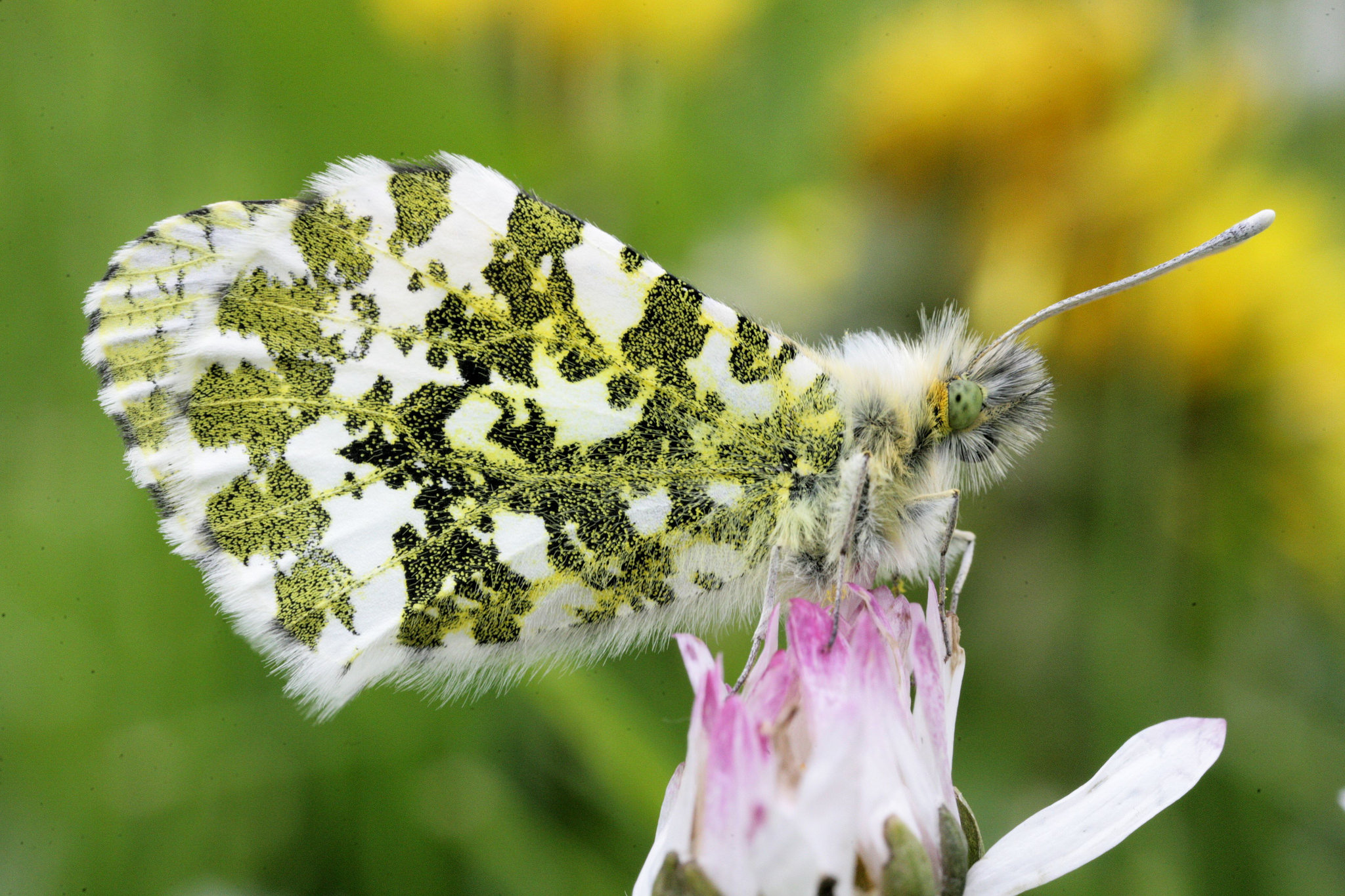
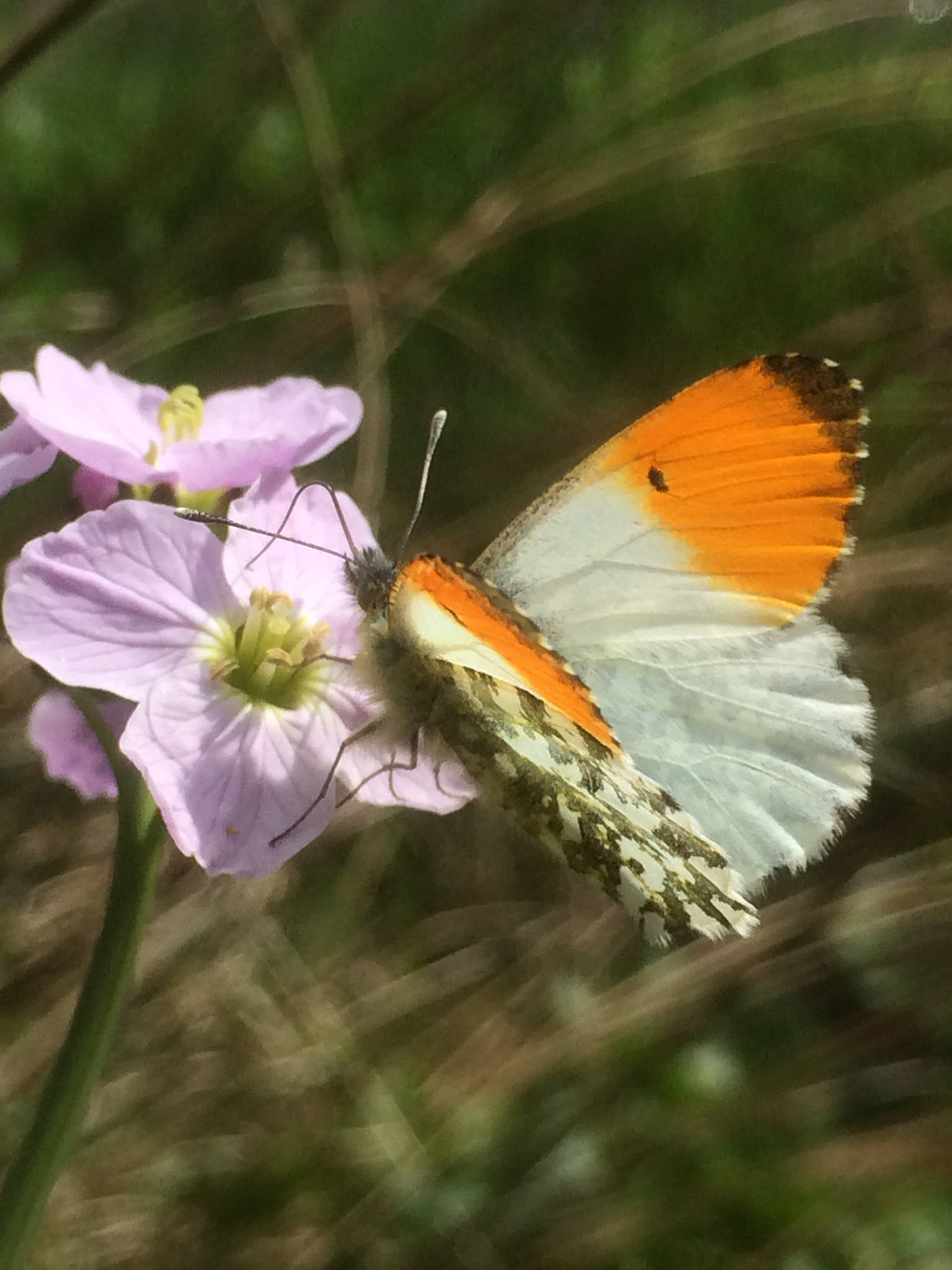
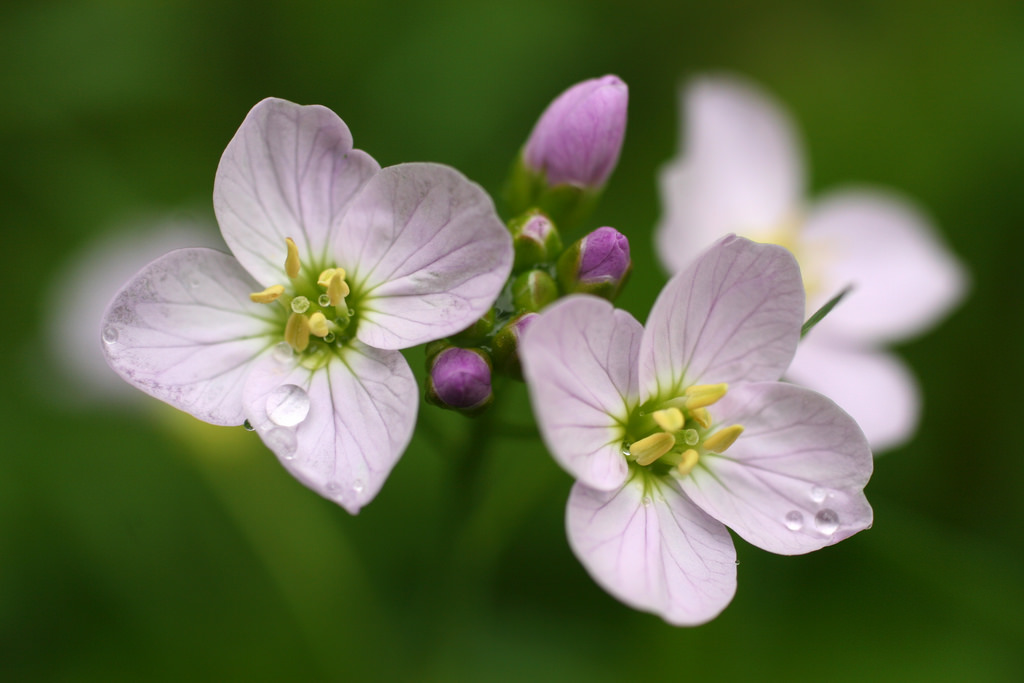
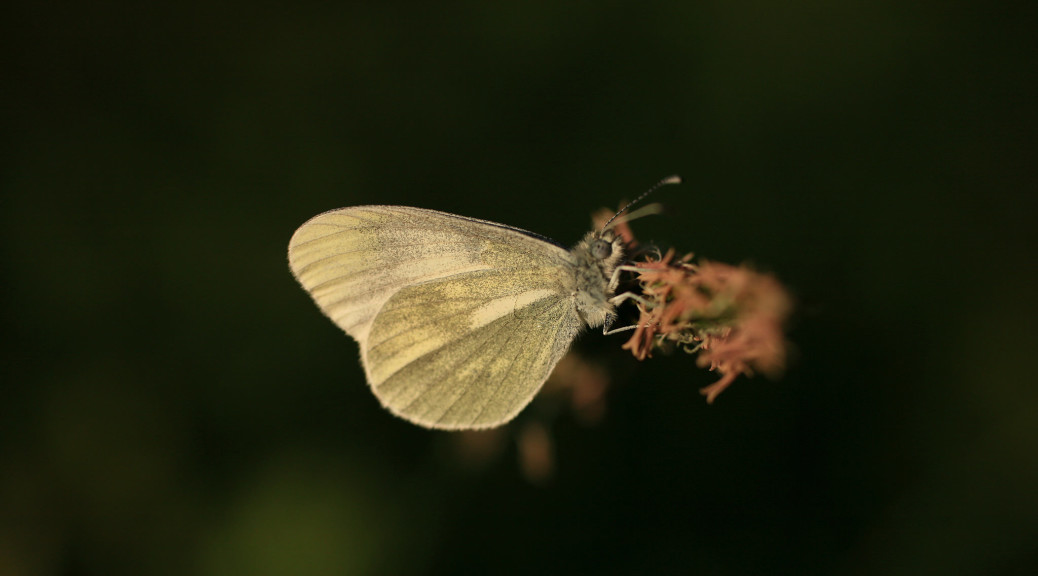
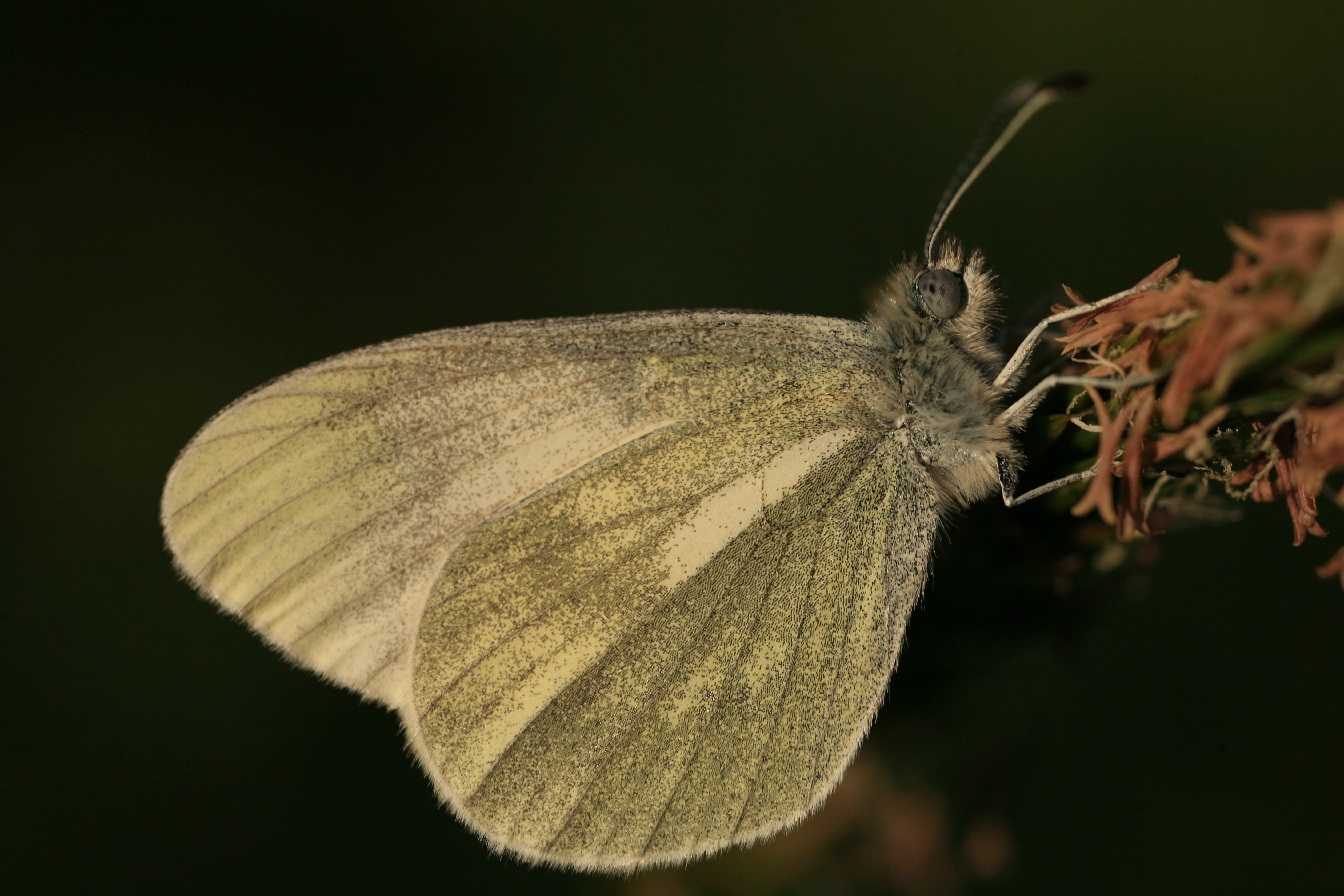
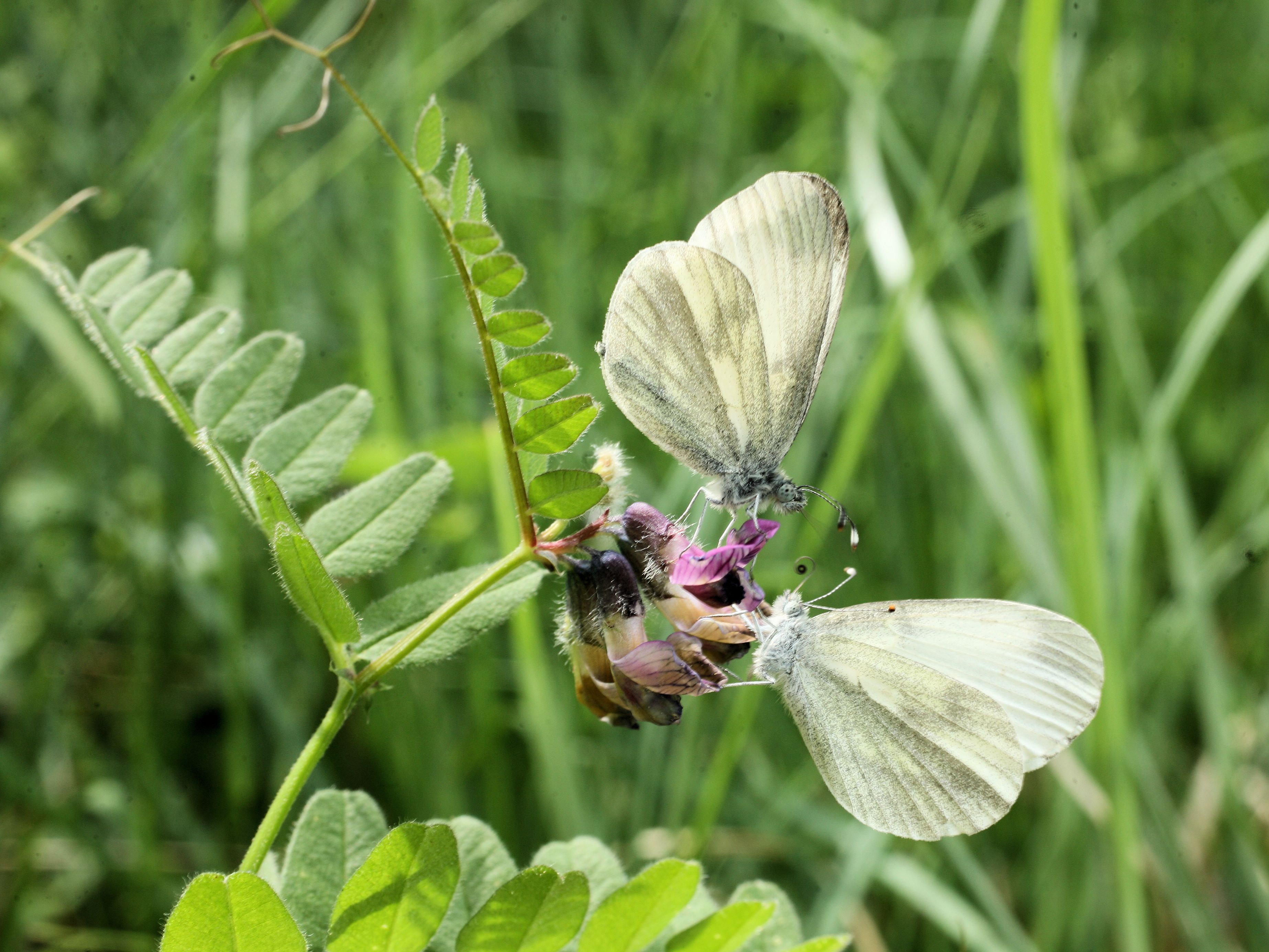
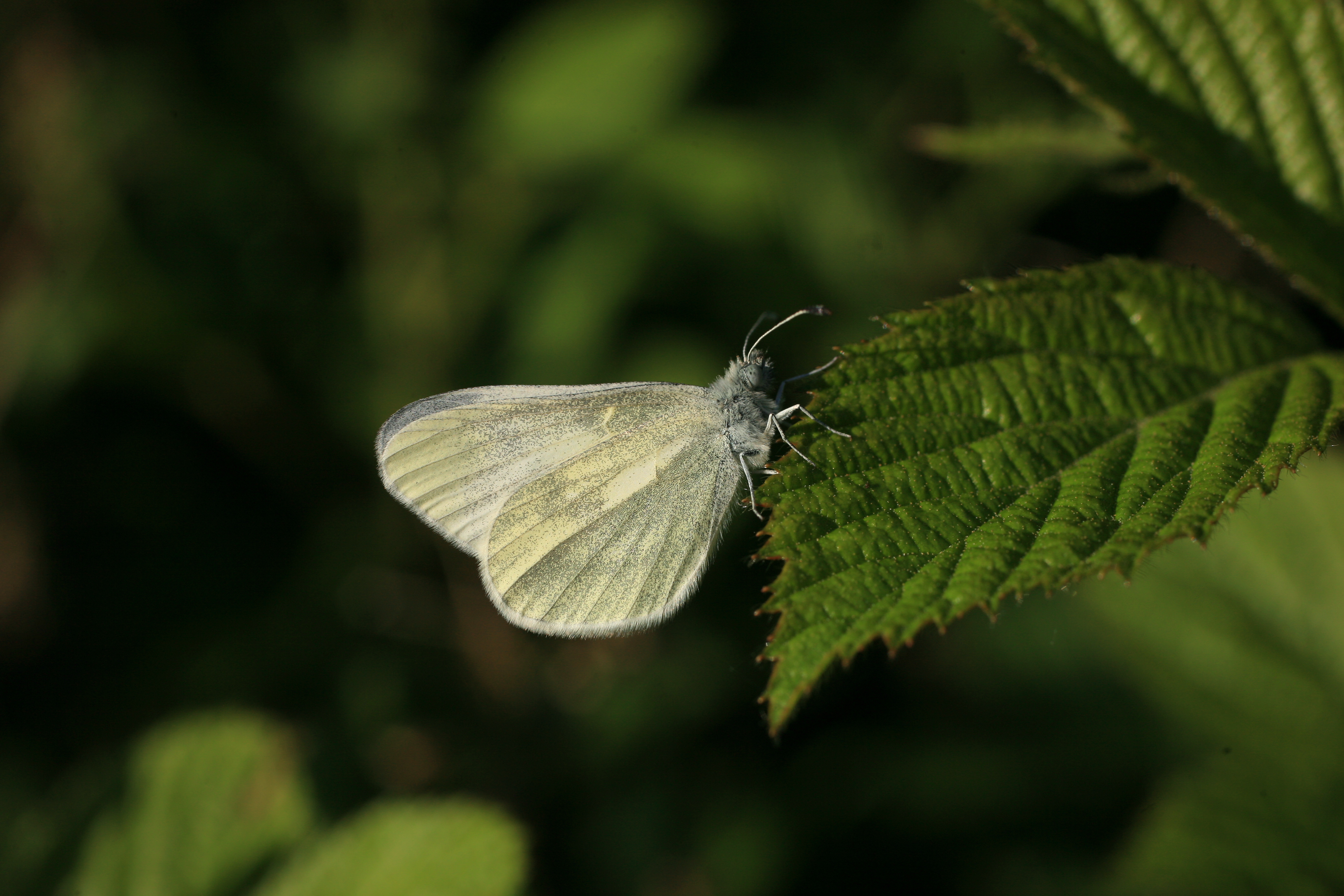
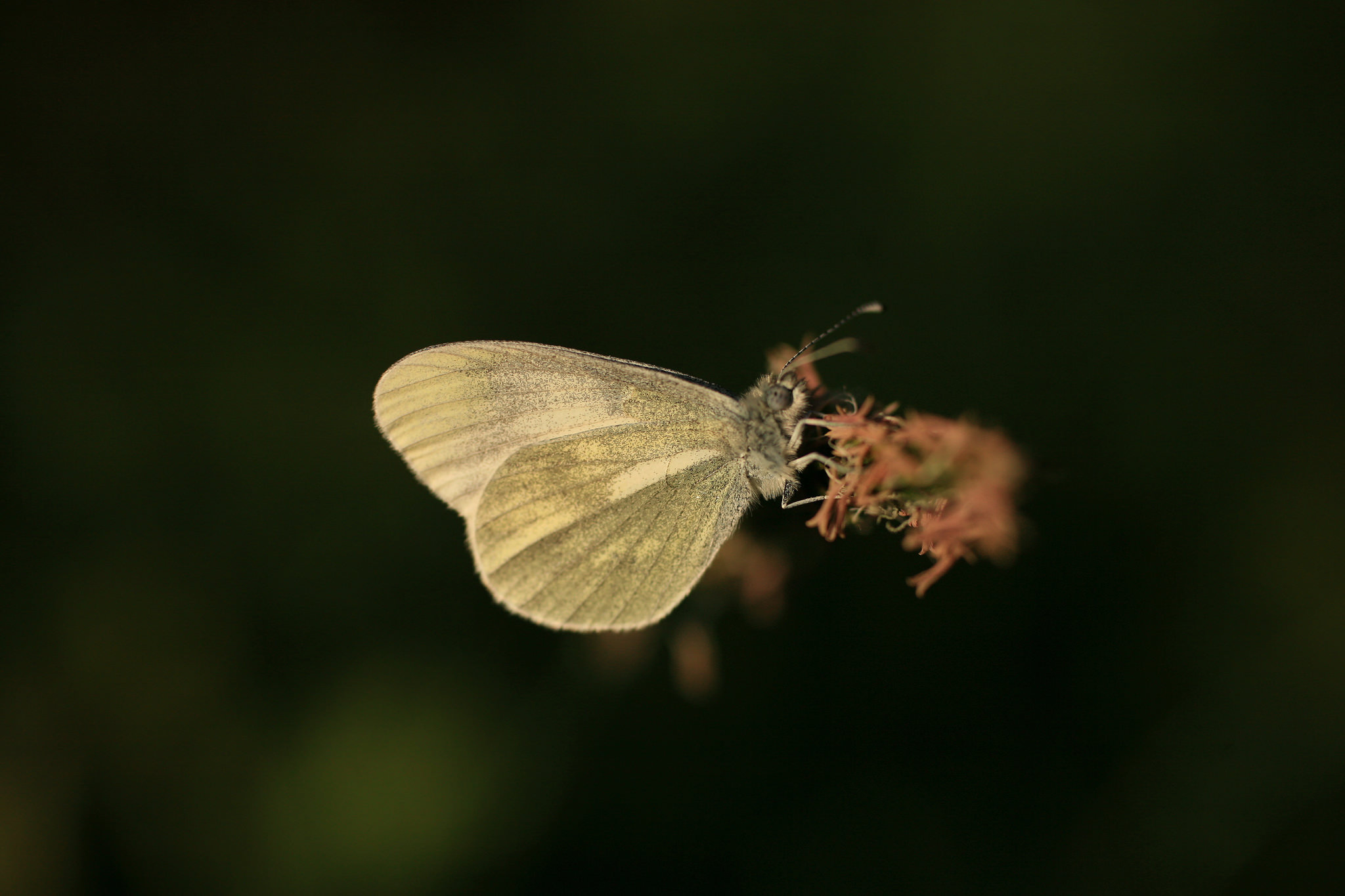
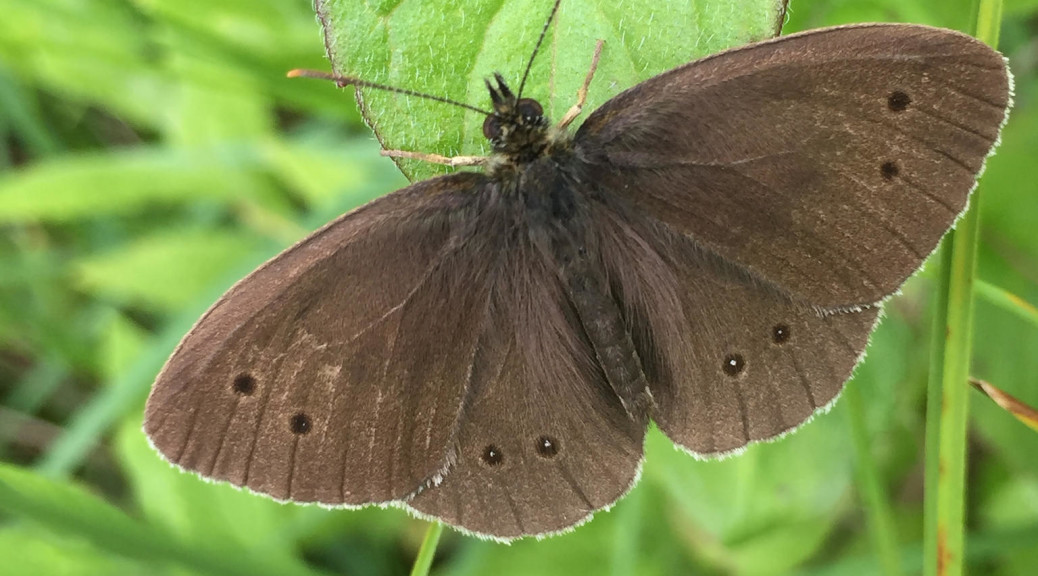
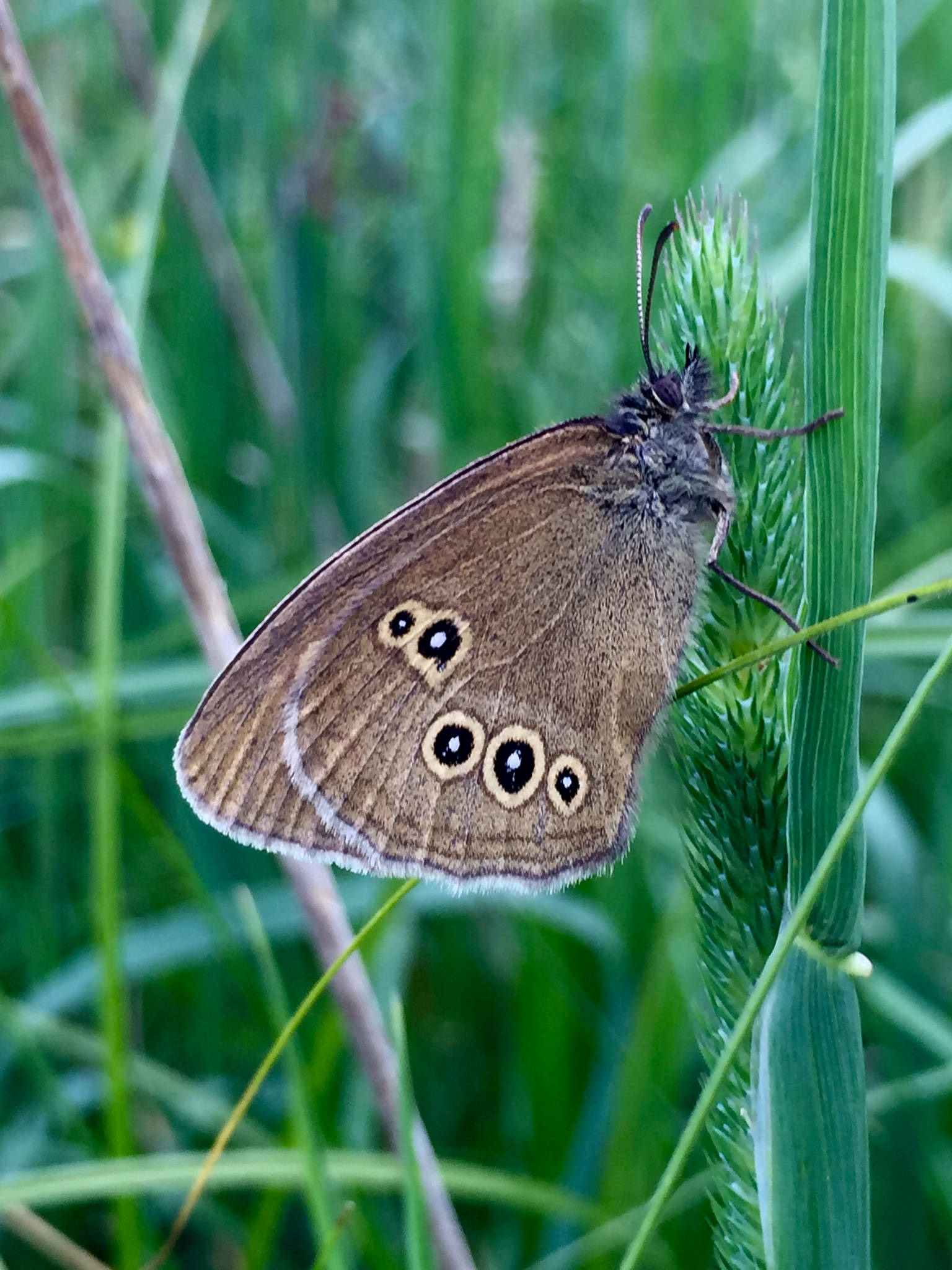
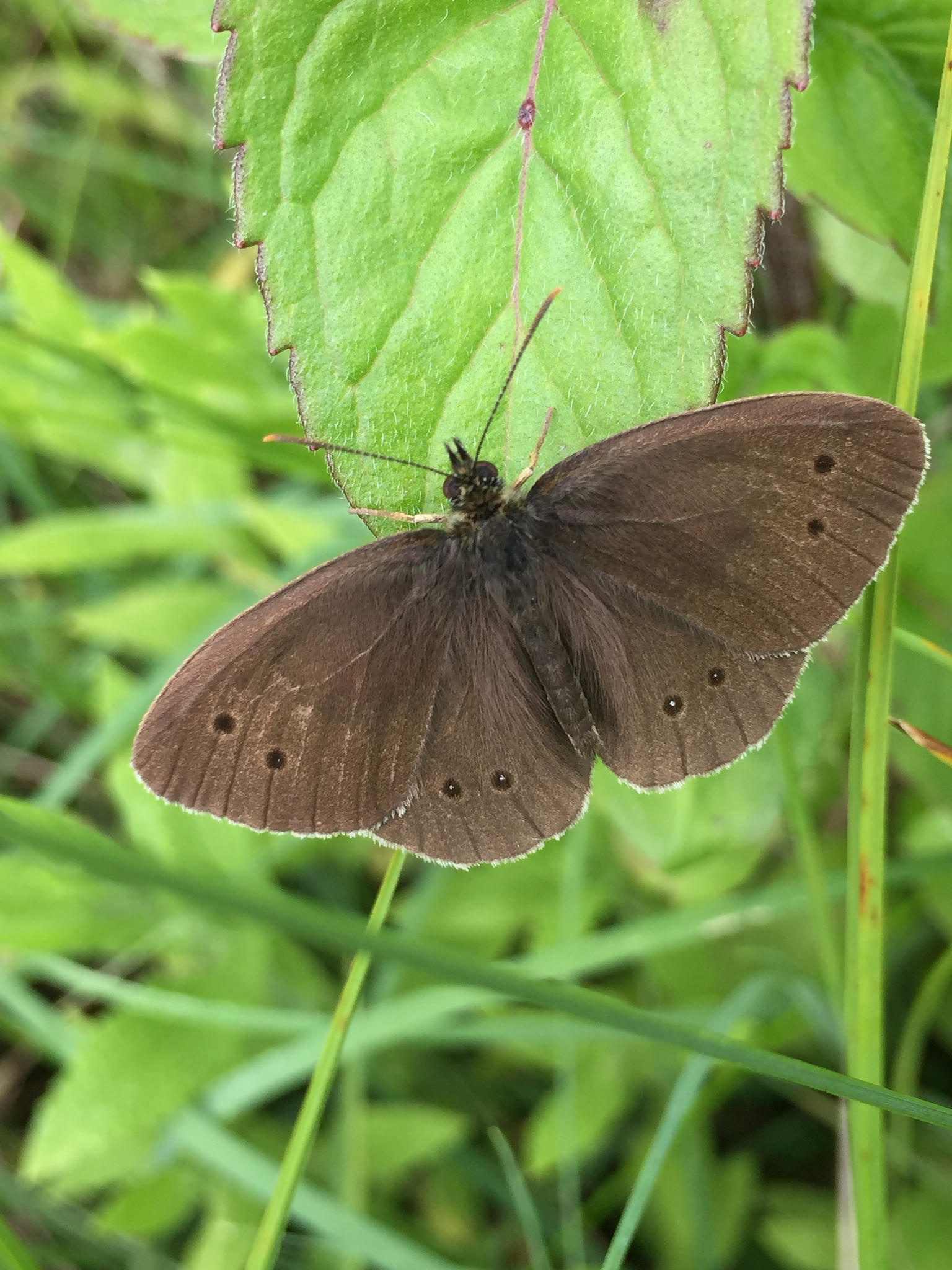 He doesn’t see the merit of building nest boxes, when there are plenty of natural cavities in the trees and buildings on the farm, the placement of sand for nesting bees is a bit of a mystery to him, as his hedgerow banks are pockmarked with holes, evidence of a healthy bee population. And more recently he has been asked to fence off some land to protect it as a ‘wildlife habitat’. But, he welcomes the money, so this is what he will do.
He doesn’t see the merit of building nest boxes, when there are plenty of natural cavities in the trees and buildings on the farm, the placement of sand for nesting bees is a bit of a mystery to him, as his hedgerow banks are pockmarked with holes, evidence of a healthy bee population. And more recently he has been asked to fence off some land to protect it as a ‘wildlife habitat’. But, he welcomes the money, so this is what he will do.